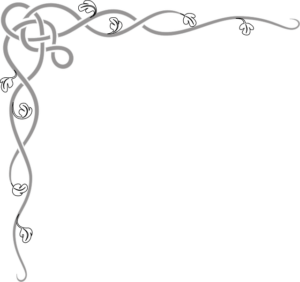
The O'Hara - Bagshaw Family Tree
( Our ancestors did What ?!? )

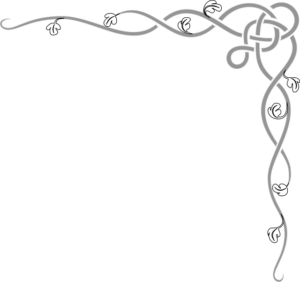

Marriage Records
The history behind the marriage certificate.
In England and Wales, up to 1837, the government had relied on the church to register the population but this was was not a complete record, not a full listing of the population. Also, mass printing of government administration forms was now possible due to advances in printing technology. A single tier registration system was introduced, based on the administrative poor law unions, which had been set up in 1834, and previously the administrative hundreds. These became the registration districts. Births, not baptisms, and deaths, not burials, were recorded as well as marriages. Parish and nonconformist baptism & burial registers were still completed at the same time that the new civil registration system began. The Act also permitted marriages to be performed in Register Offices and outside the confines of the Anglican Church. Many nonconformist chapels were authorised to perform marriages. Since 1837 there has been much fine tuning of the system and various new regulations and legislation have been introduced.
Below are are some pointers to understanding what you may read.
No exact age may be shown and ages may be recorded that the bride or groom were “of full age”, an age in excess of 21 years. Although this statement may have been false to avoid a minor having to obtain parental consent. Where an actual age is given, it is usually reasonably accurate but it may also have been altered for a variety of reasons and remember not everybody actually knew their exact age!
The same address for both parties may show and this was common to avoid paying two sets of banns fees if one or other party resided in a different parish. Marriages traditionally took place in the parish of the bride.
The absence of a father’s name and occupation usually meant he was unknown. But, also a made-up name, or a male name with in the family, could have been used with (deceased). Also this is a clue of illegitimacy. If the father was in fact dead the name was usually filled in and the word deceased written alongside it. The inclusion of the name of the father without the word deceased did not automatically mean that he was alive at the time of the marriage! Remember the certificate was being hand written with details often being given by the bride and groom who could not always read and write, and vital information may not of been asked for.


Marriage Certificates
- All
- O'Hara
- Bagshaw
- Pridmore
- Parry
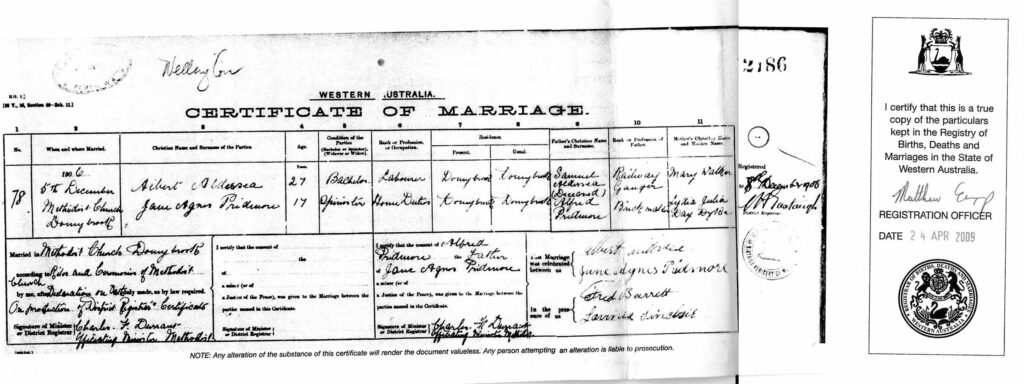 Albert Aldersea – marriage to Jane Pridmore 1906
Albert Aldersea – marriage to Jane Pridmore 1906
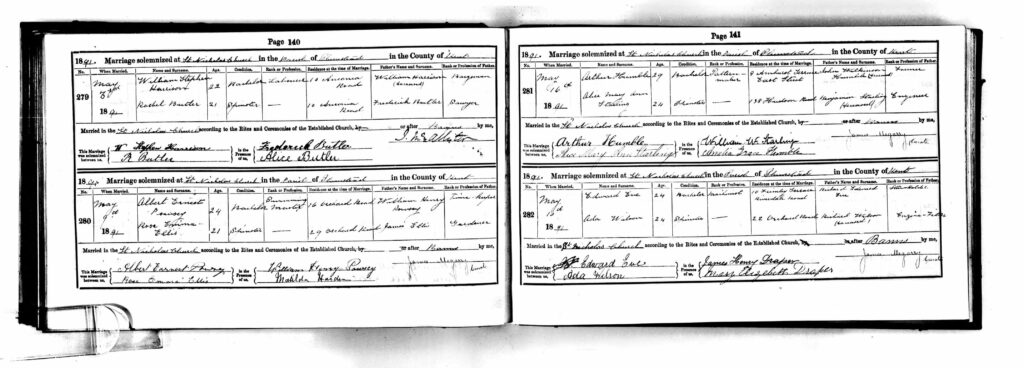 Albert Ernest Powsey Rose Emma Ellis 1891
Albert Ernest Powsey Rose Emma Ellis 1891
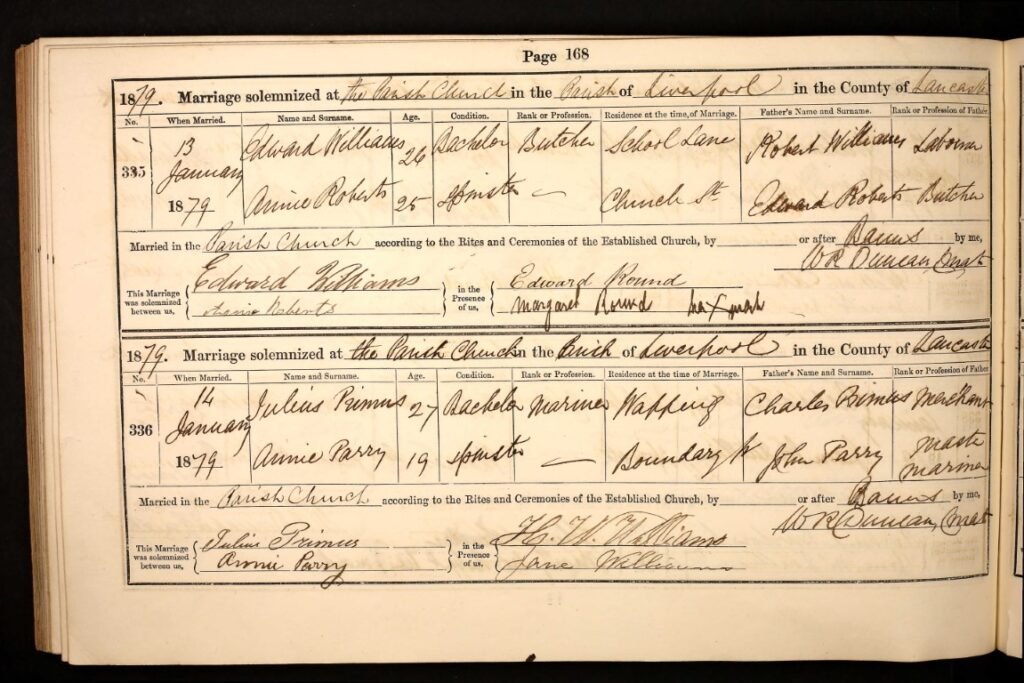 Anne Parry Julius Primus 1879
Anne Parry Julius Primus 1879
 Albert O’Hara Roseann Sweeney 1923
Albert O’Hara Roseann Sweeney 1923
 Archibald Ellis Powsey Edith Pridmore 1916
Archibald Ellis Powsey Edith Pridmore 1916
 Bernard Donlon Gwendoline O’Brien 1836
Bernard Donlon Gwendoline O’Brien 1836
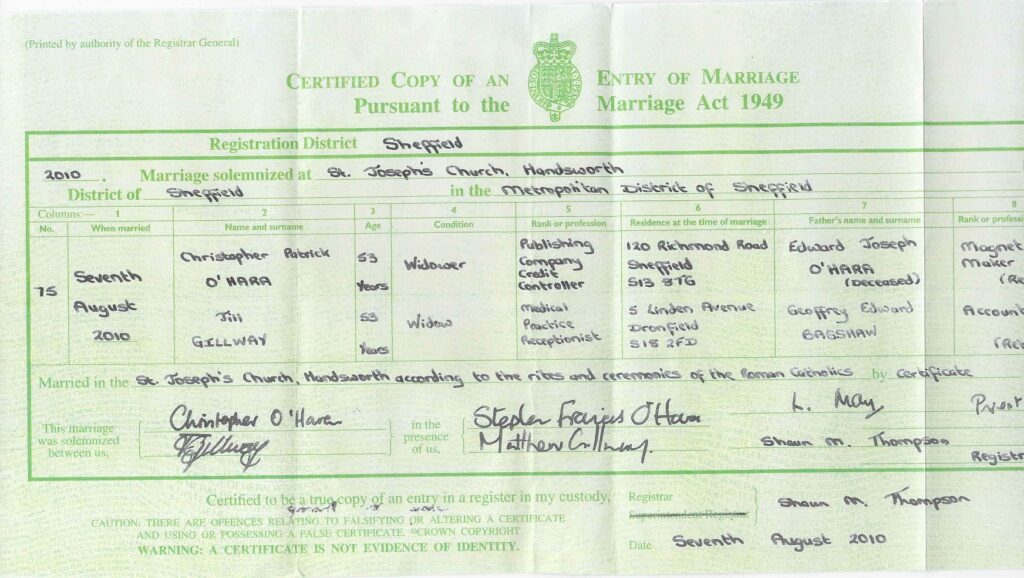 Christopher O’Hara Jill Gillway (Bagshaw) 2010
Christopher O’Hara Jill Gillway (Bagshaw) 2010
 Brigham Pridmore Harriet Swain 1873
Brigham Pridmore Harriet Swain 1873
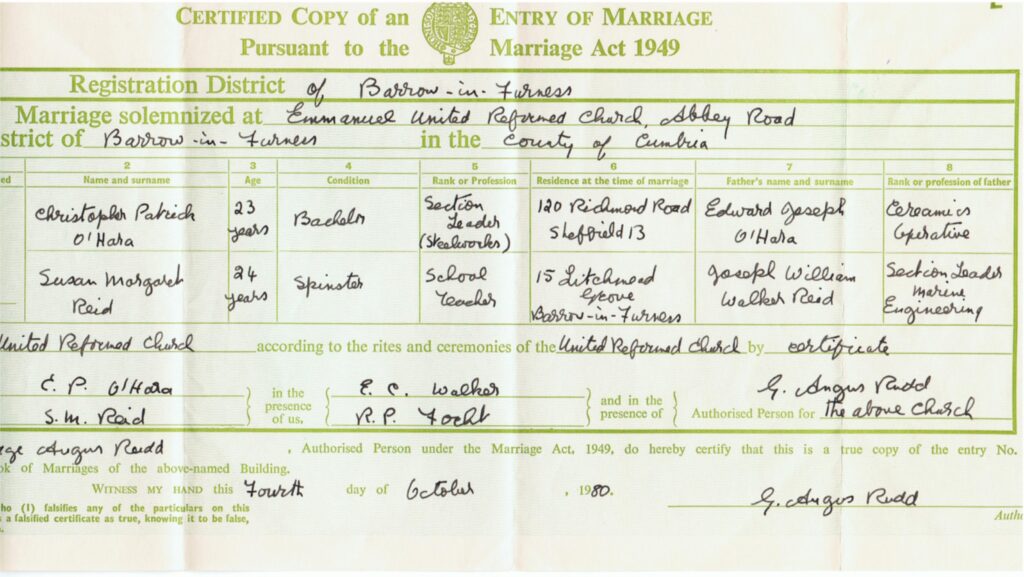 Christopher O’Hara Susan Reid 1980
Christopher O’Hara Susan Reid 1980
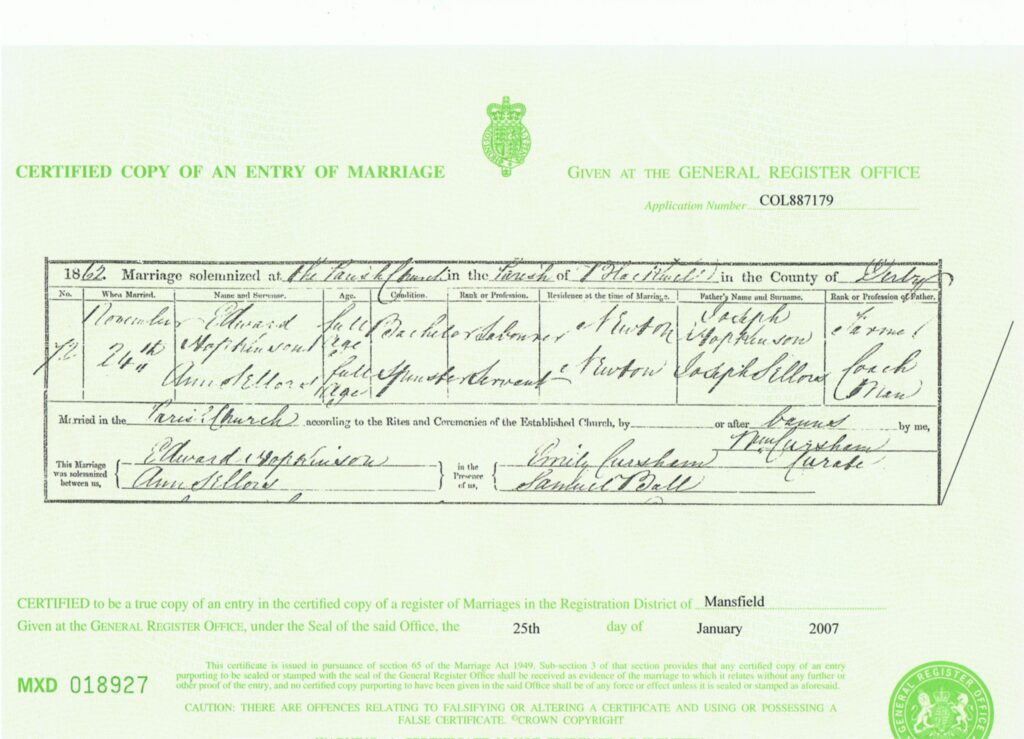 Edward Hopkinson Ann Sellors 1862
Edward Hopkinson Ann Sellors 1862
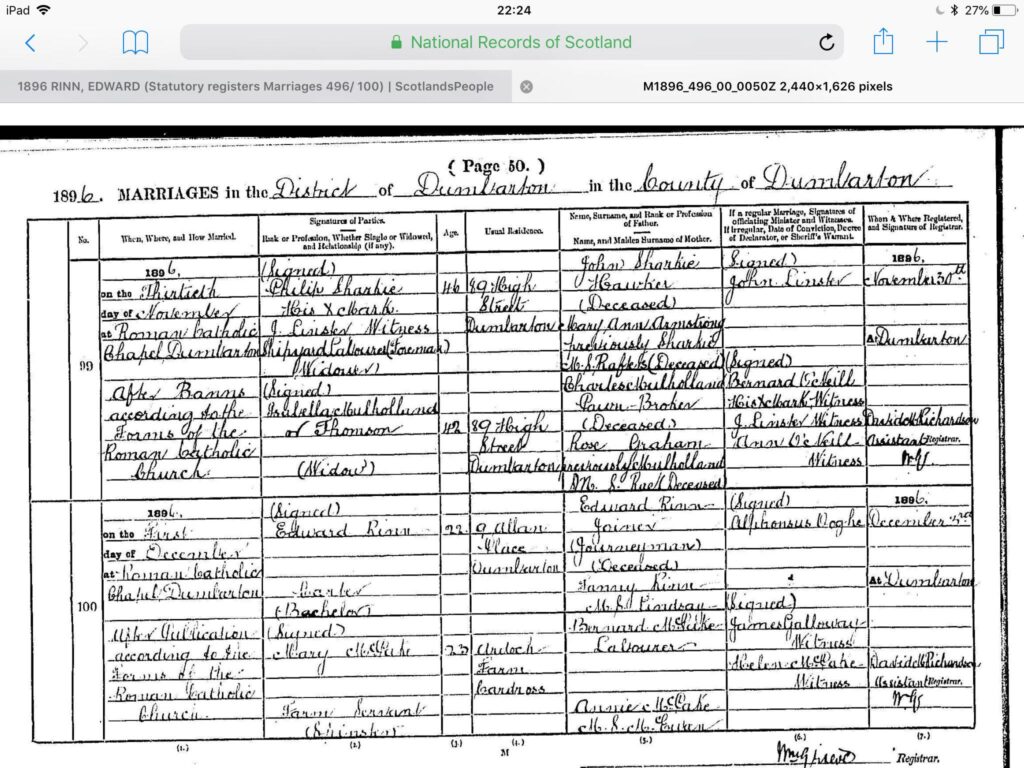 Edward Rinn Mary McPake 1896
Edward Rinn Mary McPake 1896
 Charles Tyzack Elizabeth O’Brien 1932
Charles Tyzack Elizabeth O’Brien 1932
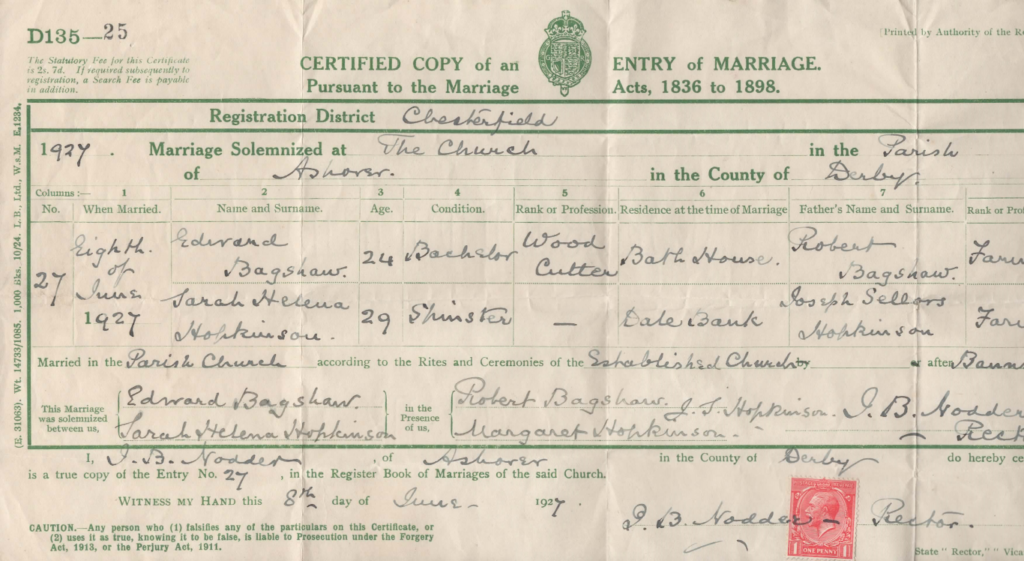 Edward Bagshaw Sarah Hopkinson 1927
Edward Bagshaw Sarah Hopkinson 1927
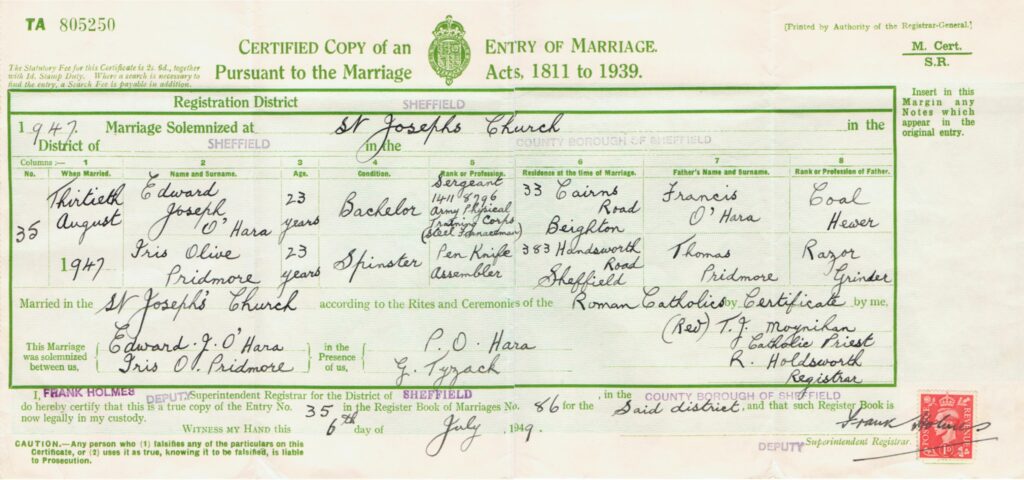 Edward O’Hara Iris Pridmore 1947
Edward O’Hara Iris Pridmore 1947
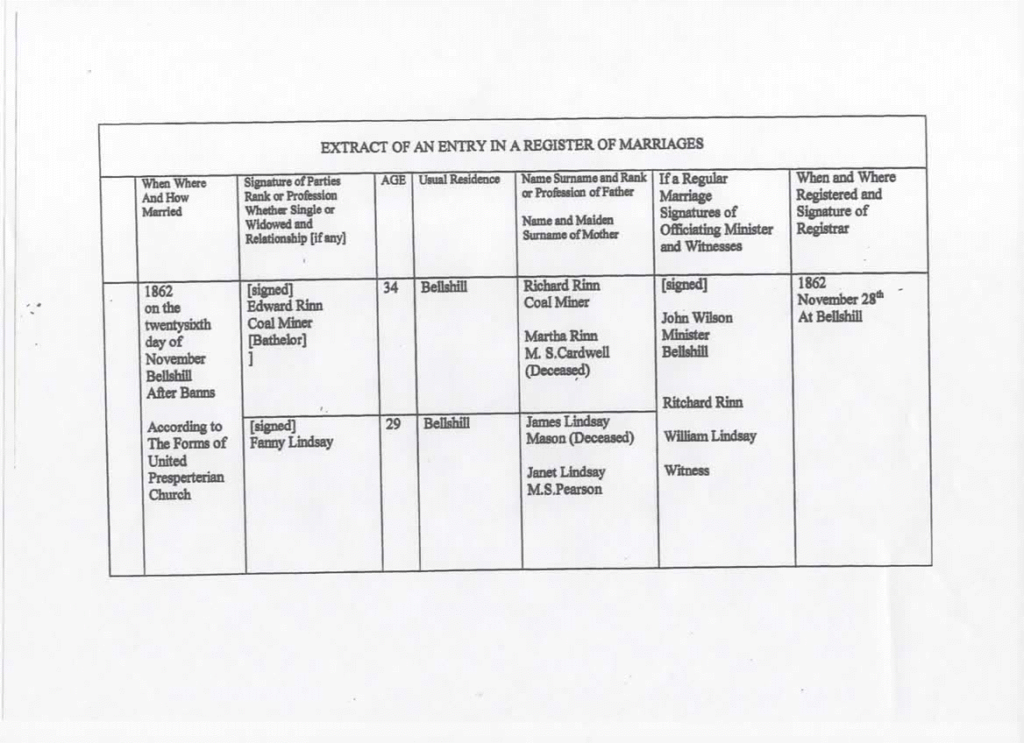 Edward Rinn Fanny Lindsay 1862
Edward Rinn Fanny Lindsay 1862
 Emily Pridmore Stephen Lambert 1898
Emily Pridmore Stephen Lambert 1898
 Edward Parry Evelyn Markey1927
Edward Parry Evelyn Markey1927
 Felix George Pridmore Bessie Maud Green 1913
Felix George Pridmore Bessie Maud Green 1913
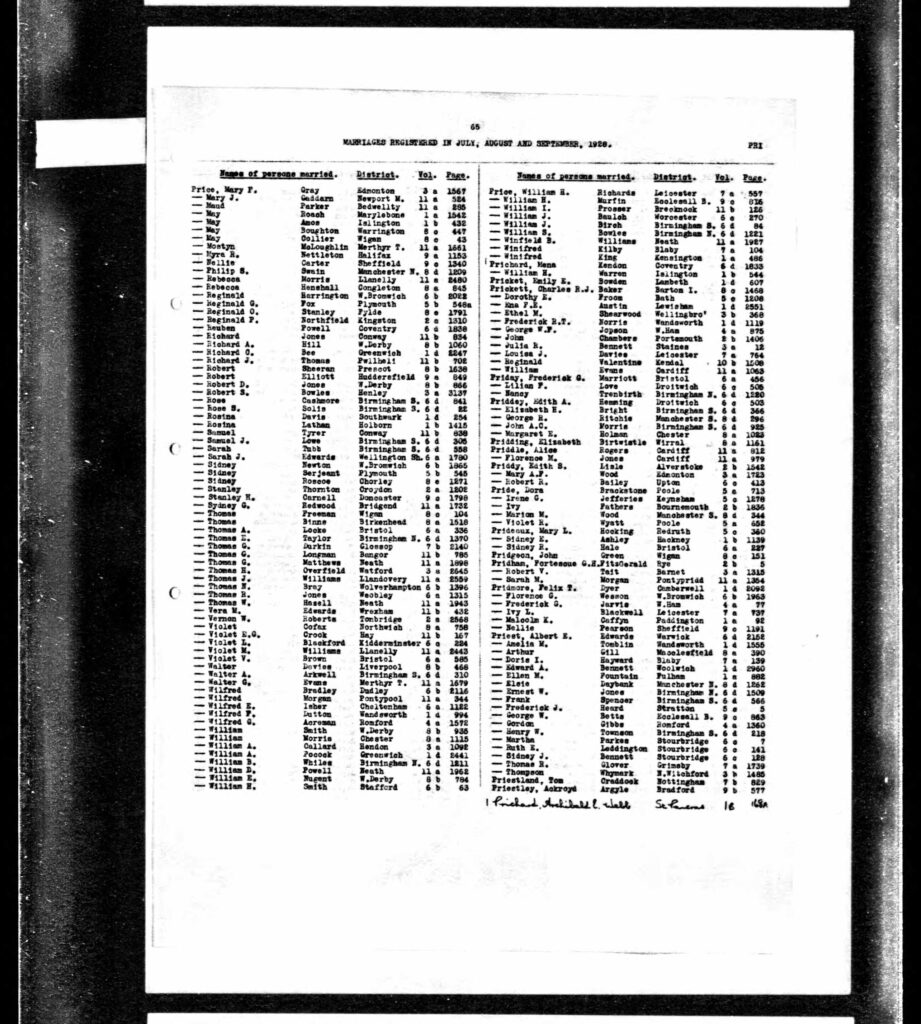 Felix Pridmore Elizabeth Dyer 1928
Felix Pridmore Elizabeth Dyer 1928
 Edward Fleming Margaret Gallagher 1953
Edward Fleming Margaret Gallagher 1953
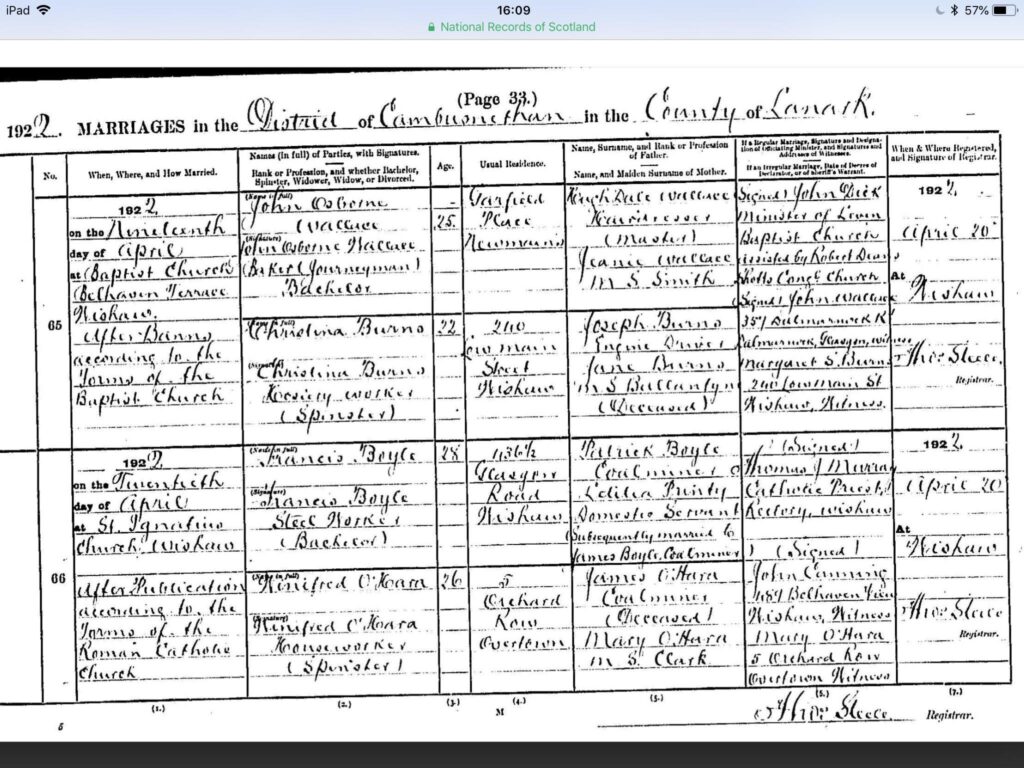 Francis Boyle Winifred O’Hara 1922
Francis Boyle Winifred O’Hara 1922
 George Nicholson and Florence Pridmore 1916
George Nicholson and Florence Pridmore 1916
 Edward Rinn Fanny Lindsey 1862 reg
Edward Rinn Fanny Lindsey 1862 reg
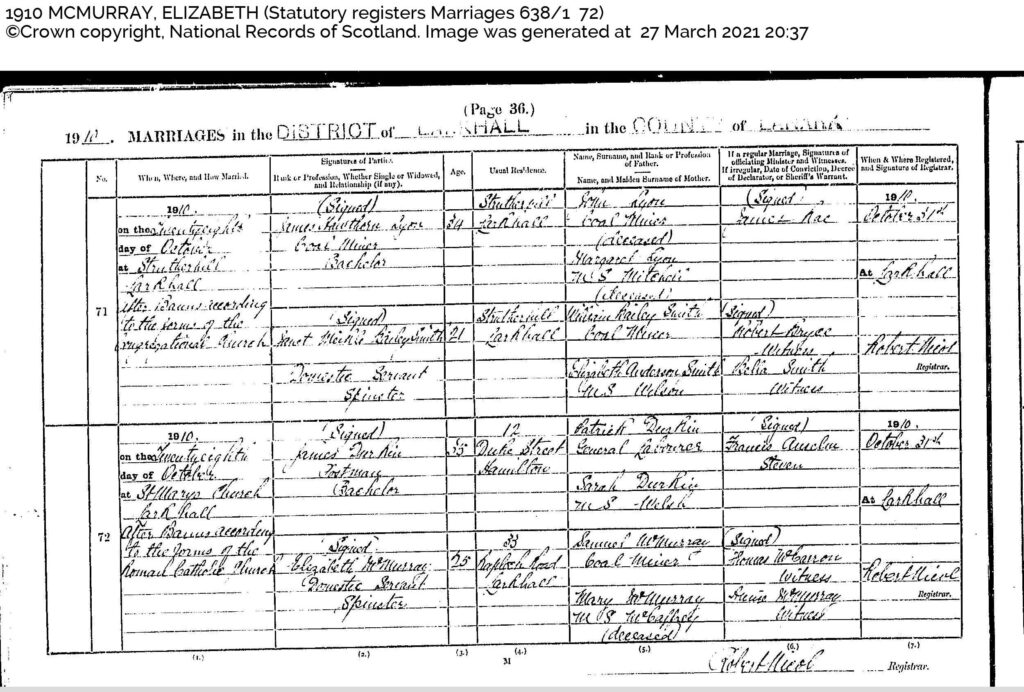 Elizabeth McMurray James Durkin marriage
Elizabeth McMurray James Durkin marriage
 Florence Pridmore George Hall 1896
Florence Pridmore George Hall 1896
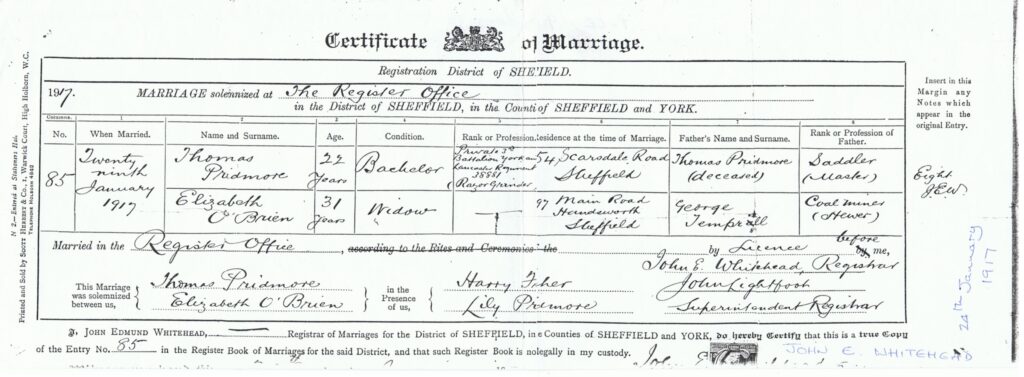 Thomas Pridmore Elizabeth O’Brien 1917
Thomas Pridmore Elizabeth O’Brien 1917
 John Pridmore and Mary Ann Rippin 1831
John Pridmore and Mary Ann Rippin 1831
 Francis O’Hara Frances Rynn 1920 banns 1
Francis O’Hara Frances Rynn 1920 banns 1
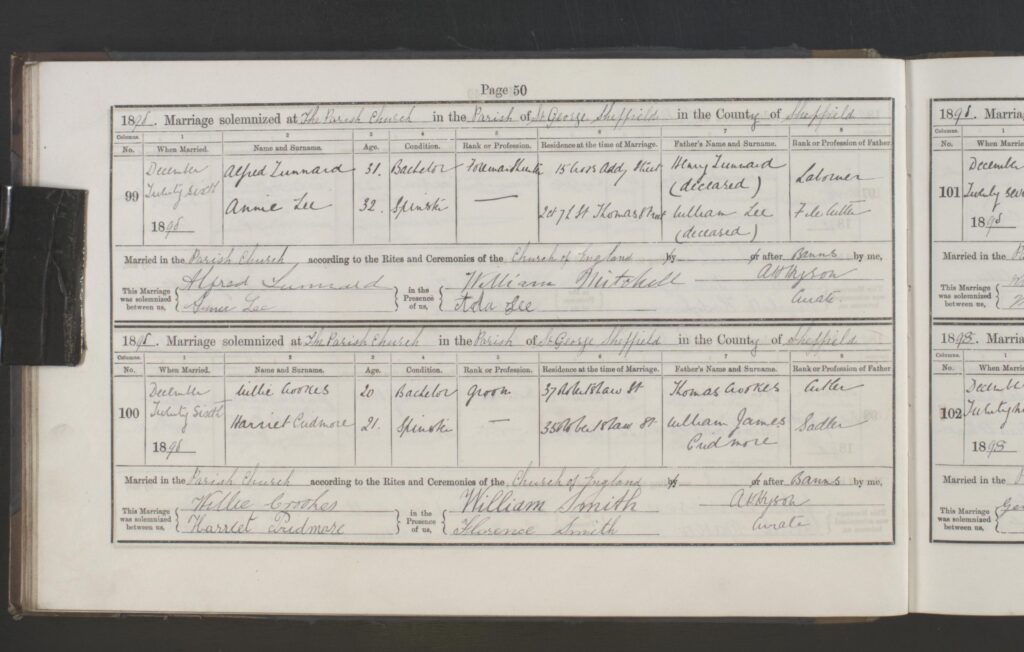 Harriet Pridmore Willie Crookes 1898
Harriet Pridmore Willie Crookes 1898
 Henry South Rose Pridmore 1868
Henry South Rose Pridmore 1868
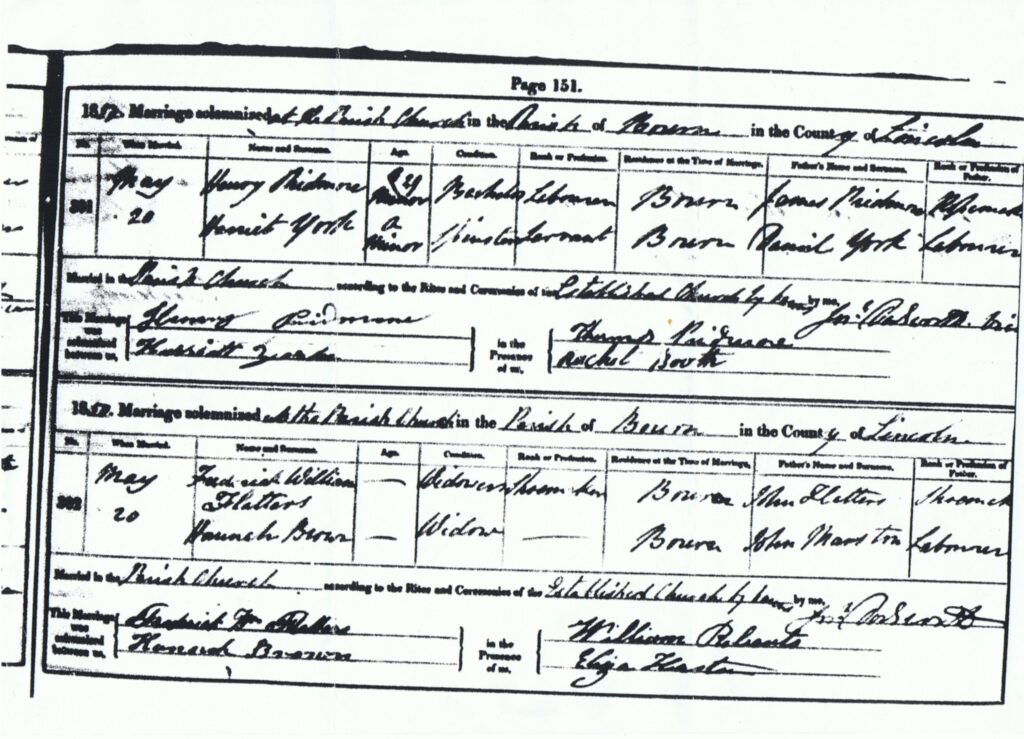 Henry Pridmore Harriet Yorke 1850
Henry Pridmore Harriet Yorke 1850
 Francis O’Hara Frances Rynn 1920
Francis O’Hara Frances Rynn 1920
 Francis O’Hara Frances Rynn 1920 banns 2
Francis O’Hara Frances Rynn 1920 banns 2
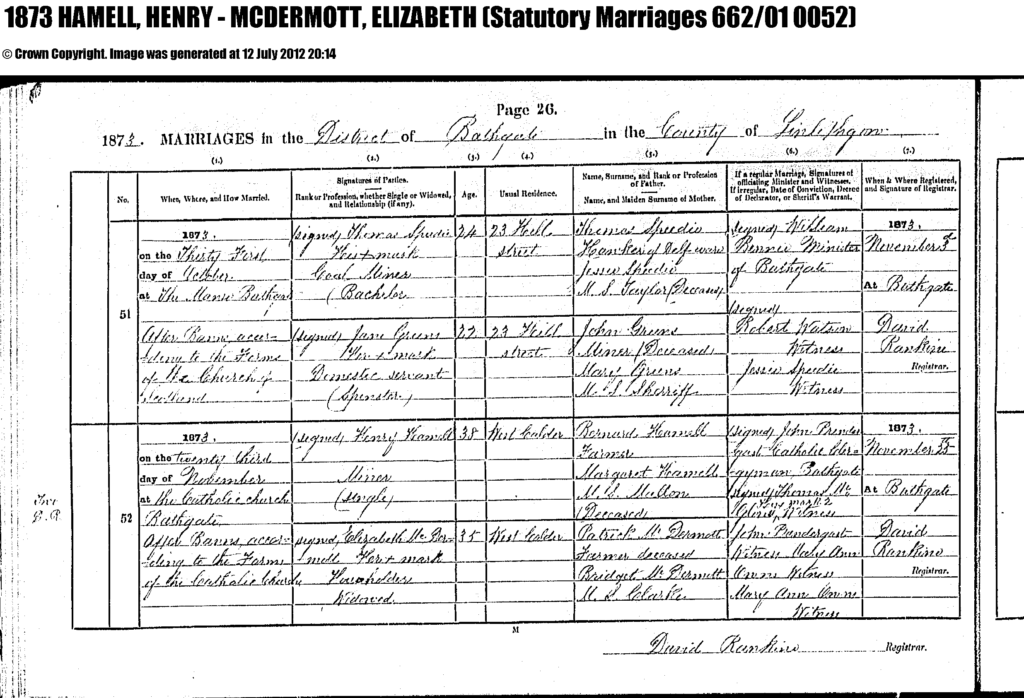 Henry Hammal Elizabeth McDermott 1873
Henry Hammal Elizabeth McDermott 1873
 Harry Fisher and Charlotte Pridmore 1911
Harry Fisher and Charlotte Pridmore 1911
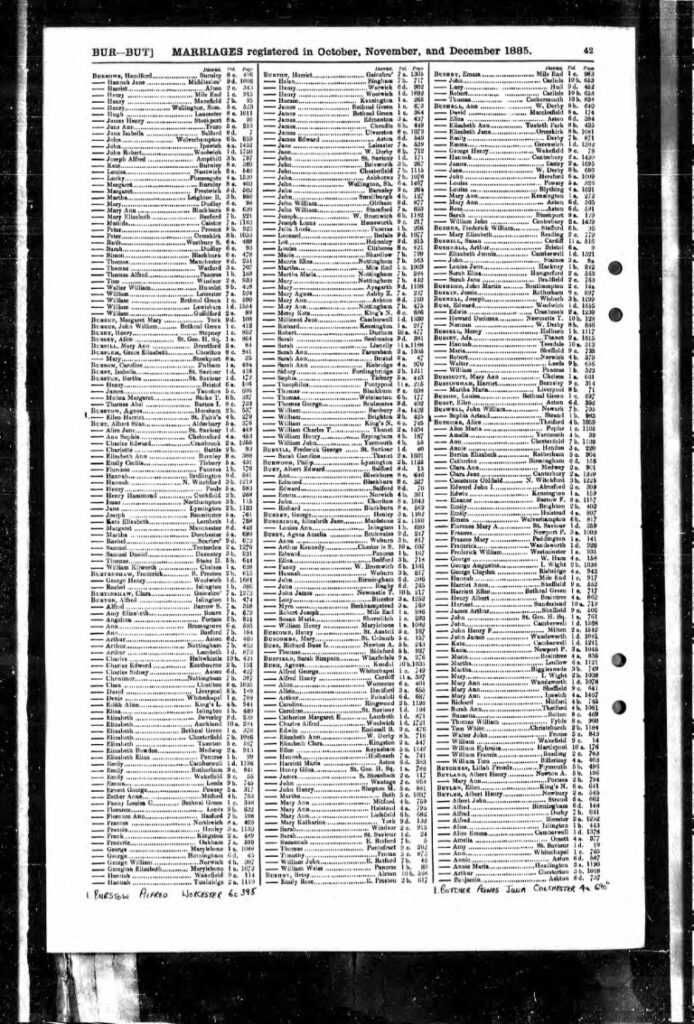 Harriet Butcher Frederick Pridmore 1885
Harriet Butcher Frederick Pridmore 1885
 George Nassau Edith Tyzack 1924
George Nassau Edith Tyzack 1924
 Frank Storey Clara Shaughnessy 1921
Frank Storey Clara Shaughnessy 1921
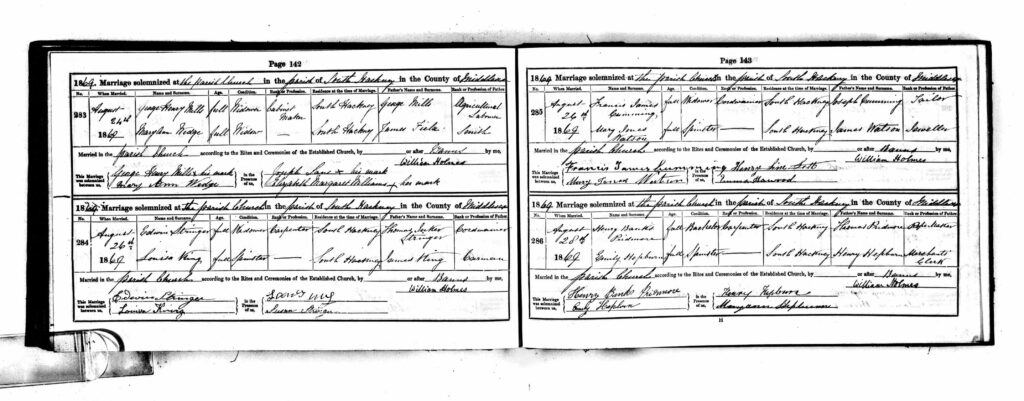 Henry Banks Pridmore Emily Hepburn 1869
Henry Banks Pridmore Emily Hepburn 1869
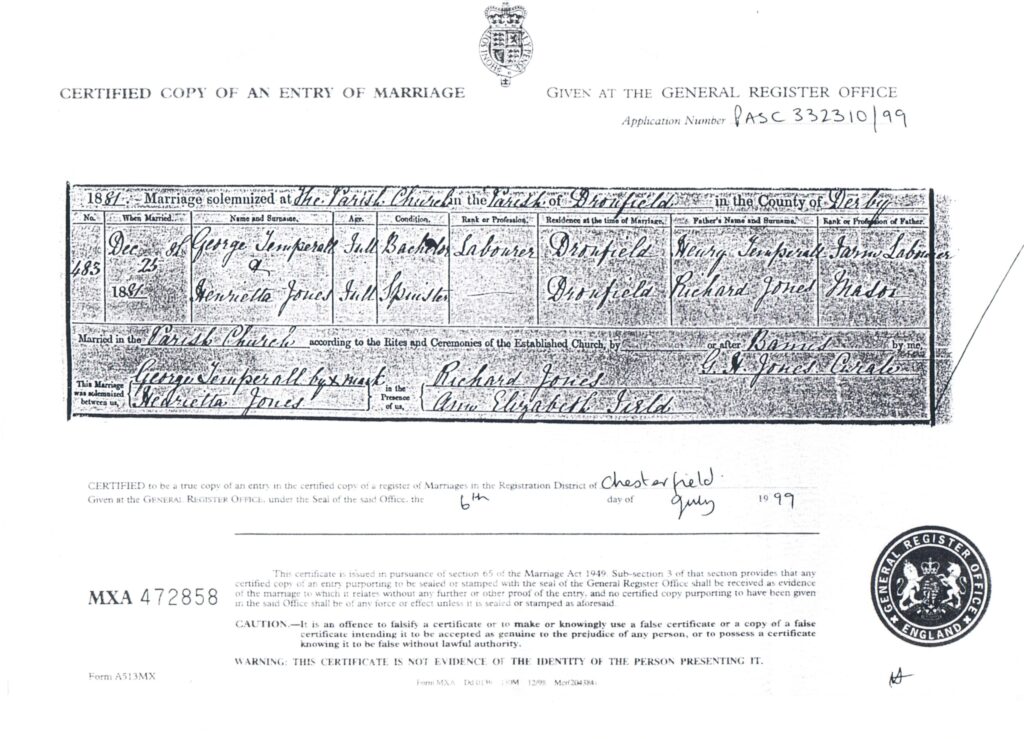 George Temprell Henrietta Jones 1881
George Temprell Henrietta Jones 1881
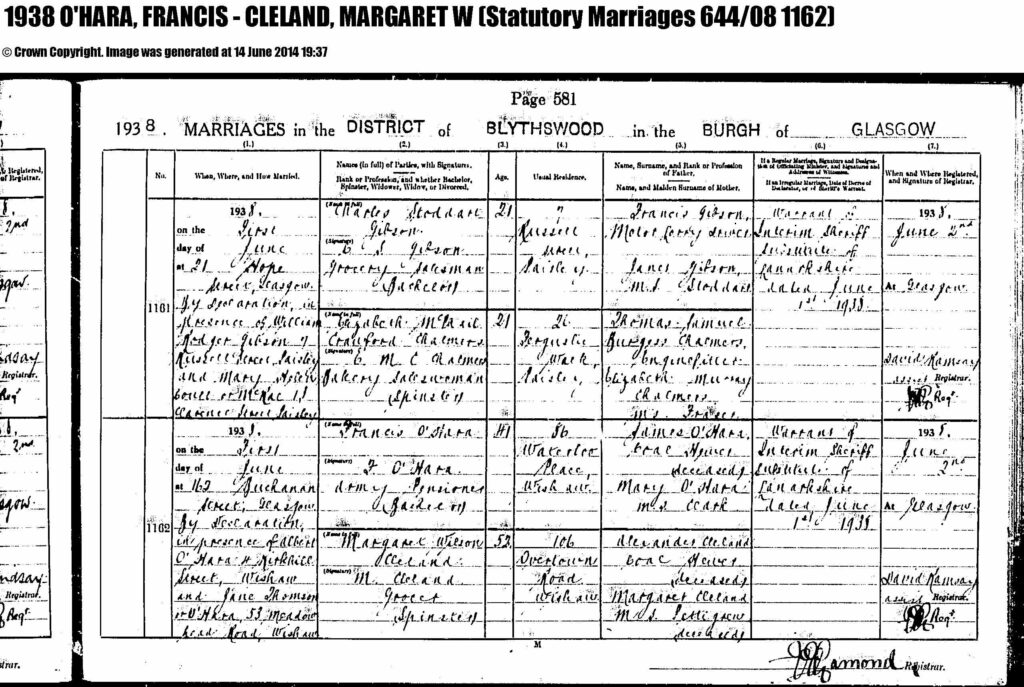 Francis O’Hara Margaret Cleland 1938
Francis O’Hara Margaret Cleland 1938
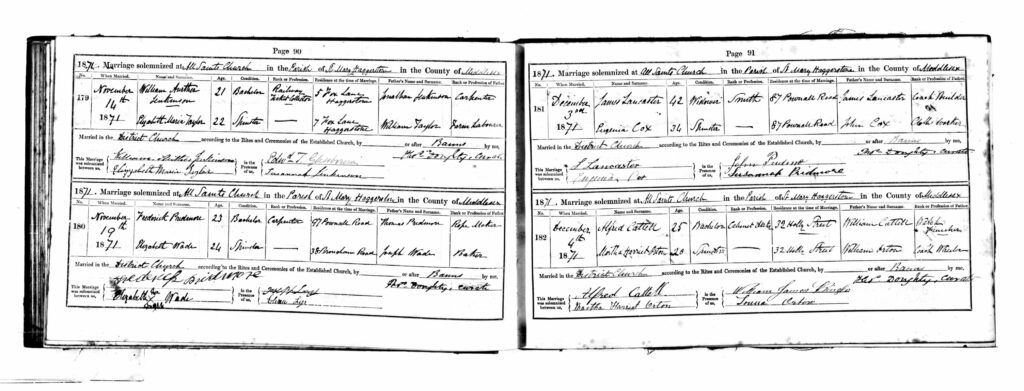 Frederick Pridmore Elizabeth Wade 1871
Frederick Pridmore Elizabeth Wade 1871
 Henry Thomas Pridmore Emily Lizzie Strange 1893
Henry Thomas Pridmore Emily Lizzie Strange 1893
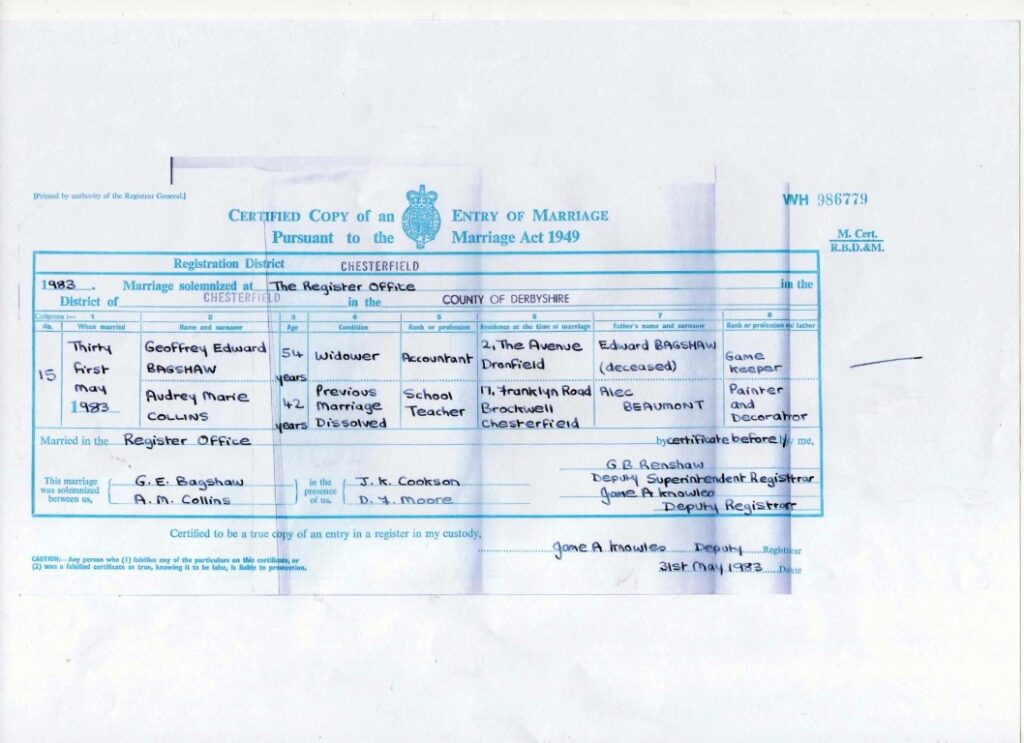 Geoffrey Bagshaw Audrey Collins (Beaumont)
Geoffrey Bagshaw Audrey Collins (Beaumont)
 Herbert Powsey Beatrice Powsey 1968
Herbert Powsey Beatrice Powsey 1968
 Herbert Powsey Mary Davenport 1929
Herbert Powsey Mary Davenport 1929
 James O’Brien Ann Lennon 1872
James O’Brien Ann Lennon 1872
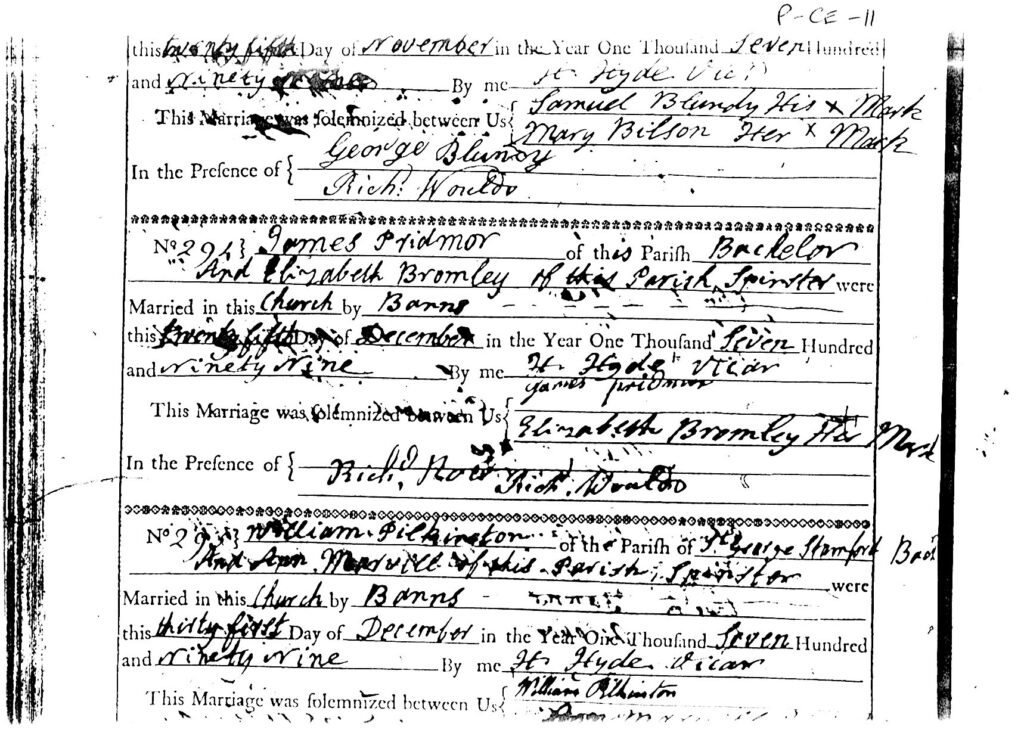 James Pridmore Elizabeth Bromley 1799
James Pridmore Elizabeth Bromley 1799
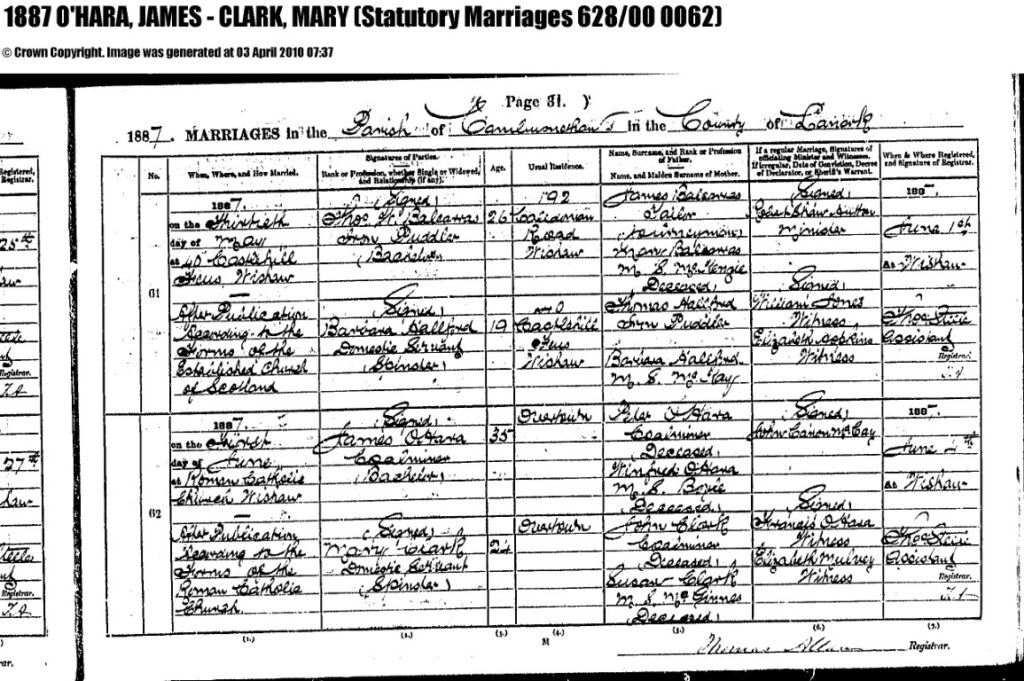 James O’Hara Mary Clark 1887
James O’Hara Mary Clark 1887
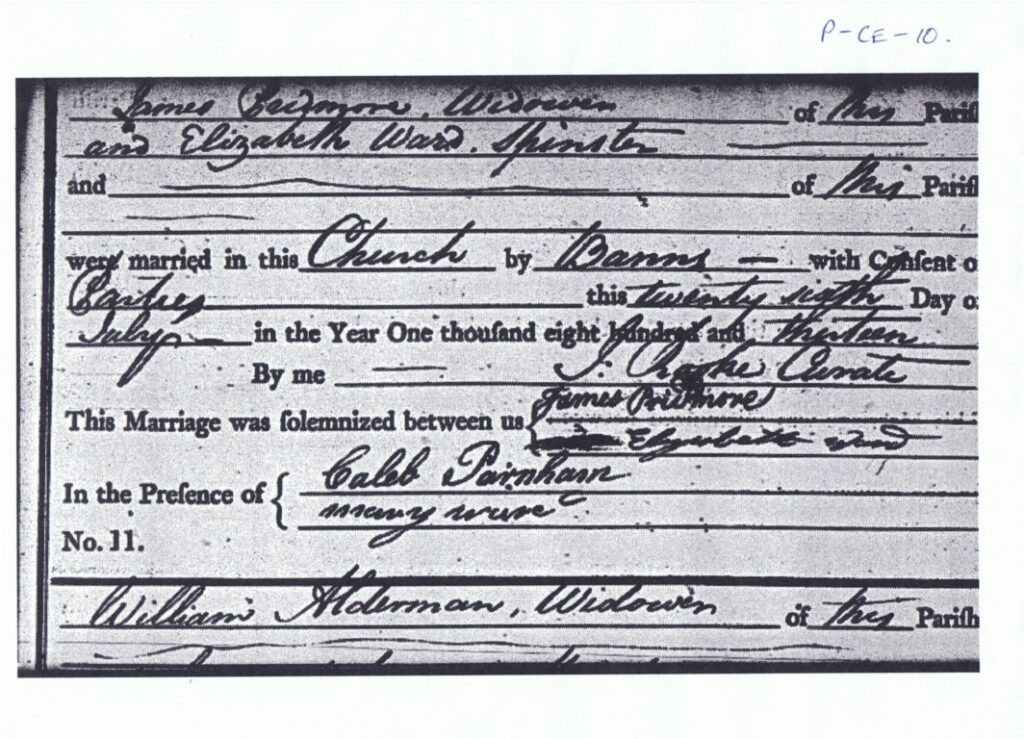 James Pridmore Elizabeth Ward 1813
James Pridmore Elizabeth Ward 1813
 Henry Ward Rachel Wood 1784
Henry Ward Rachel Wood 1784
 James O’Brien Elizabeth Temprell 1904
James O’Brien Elizabeth Temprell 1904
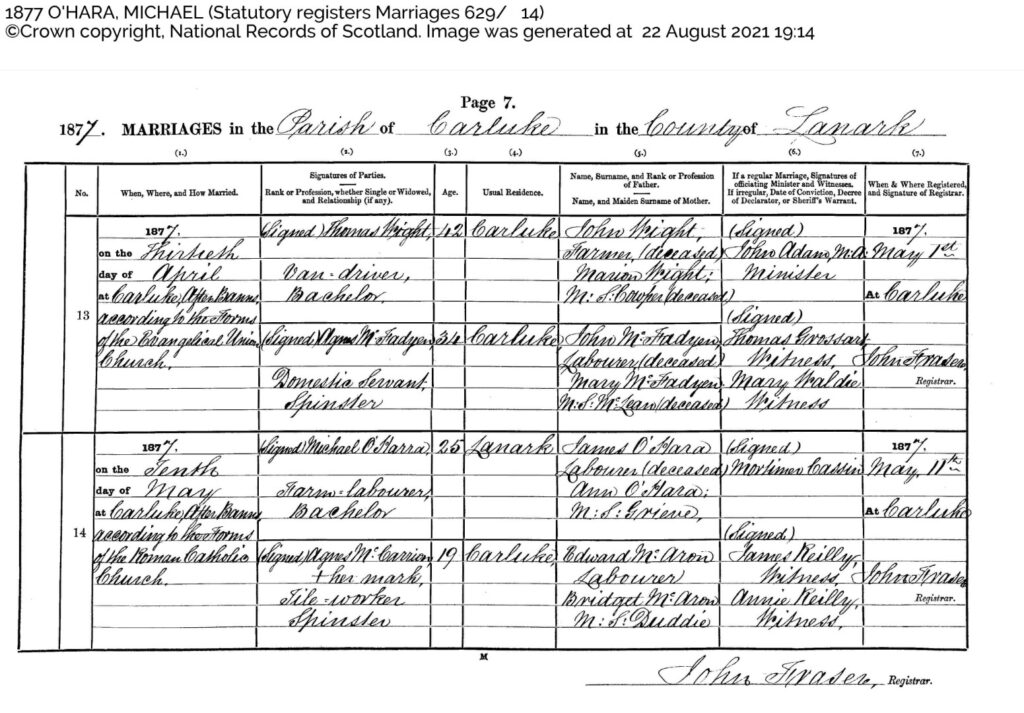 Michael O’Hara Agnes McAron marriage
Michael O’Hara Agnes McAron marriage
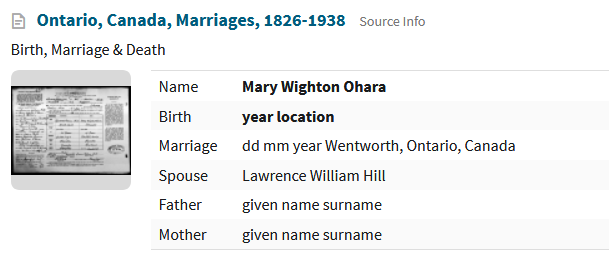 Mary Wighton O’Hara Lawrence Hill
Mary Wighton O’Hara Lawrence Hill
 Joseph O’Hara Agnes Arnott 1929
Joseph O’Hara Agnes Arnott 1929
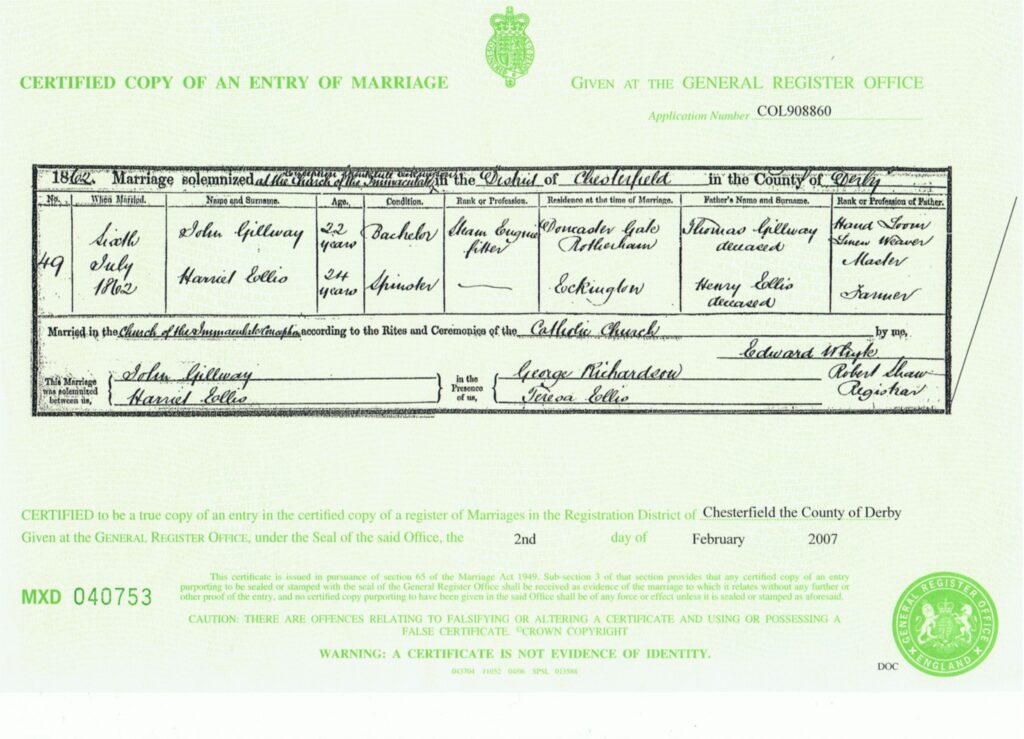 John Gillway Harriet Ellis 1862
John Gillway Harriet Ellis 1862
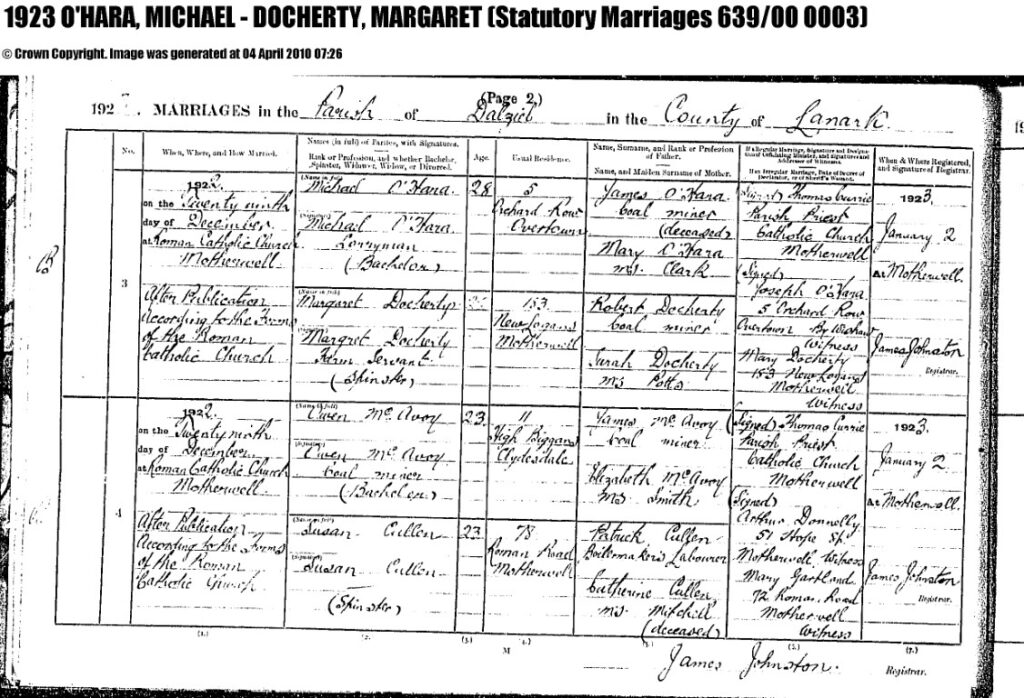 Michael O’Hara Margaret Docherty 1922
Michael O’Hara Margaret Docherty 1922
 John Parry Mary Ellen Bracegirdle 1888
John Parry Mary Ellen Bracegirdle 1888
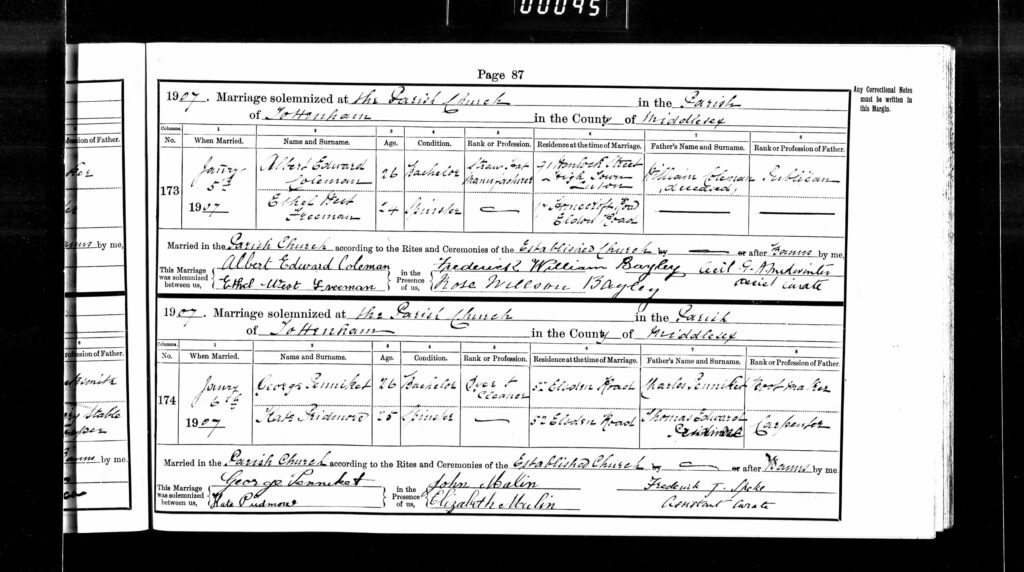 Kate Pridmore George Penniket 1907
Kate Pridmore George Penniket 1907
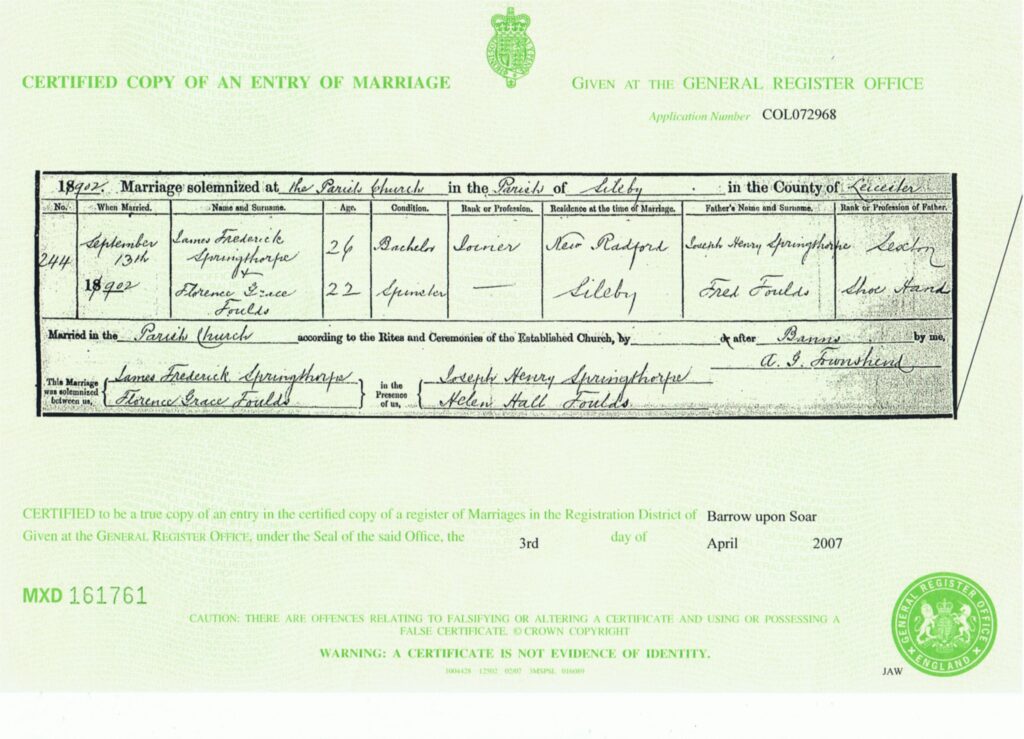 James Springthorpe Florence Foulds 1902
James Springthorpe Florence Foulds 1902
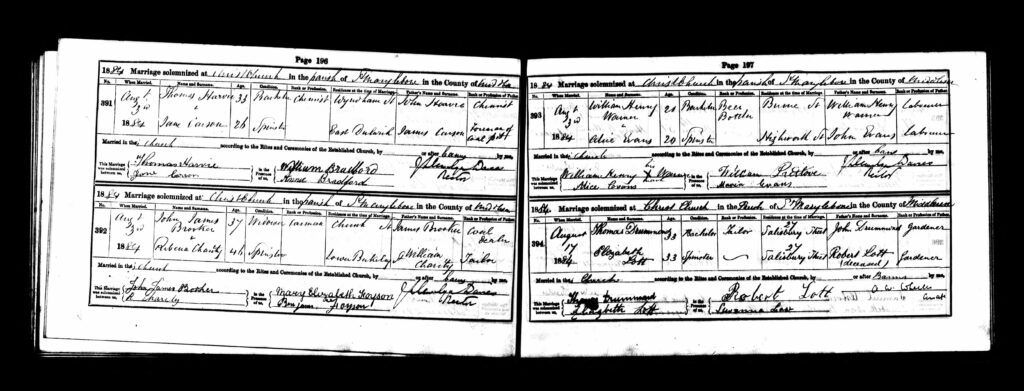 Rebecca Charity John Brooker 1884
Rebecca Charity John Brooker 1884
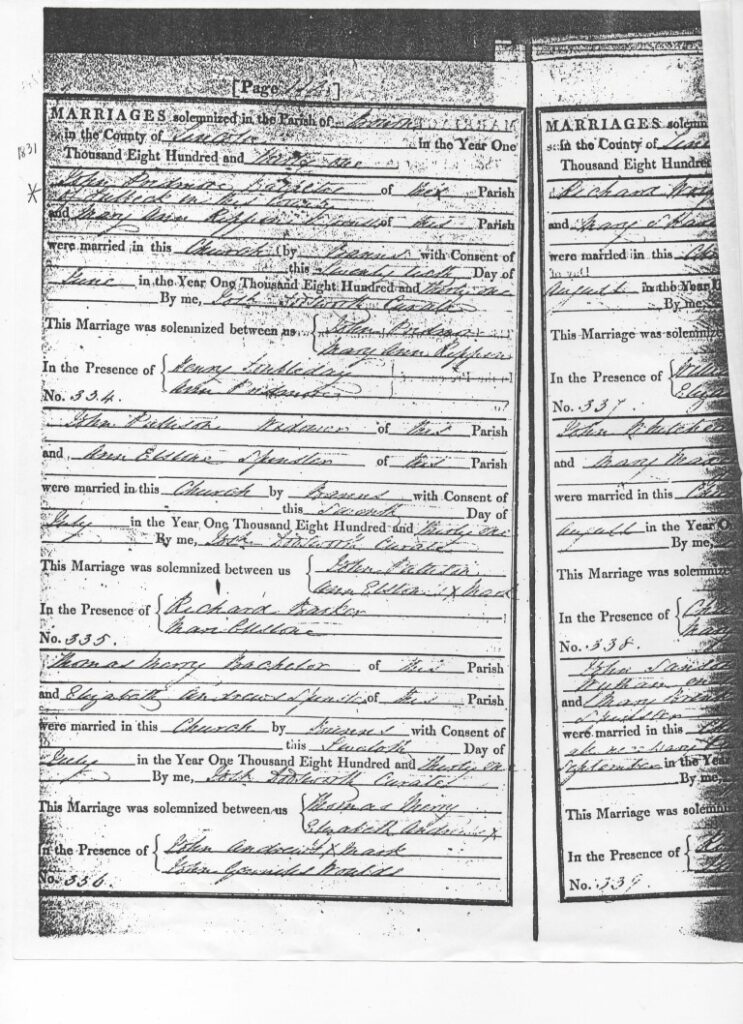 Thomas Pridmore and Mary Banks 1831
Thomas Pridmore and Mary Banks 1831
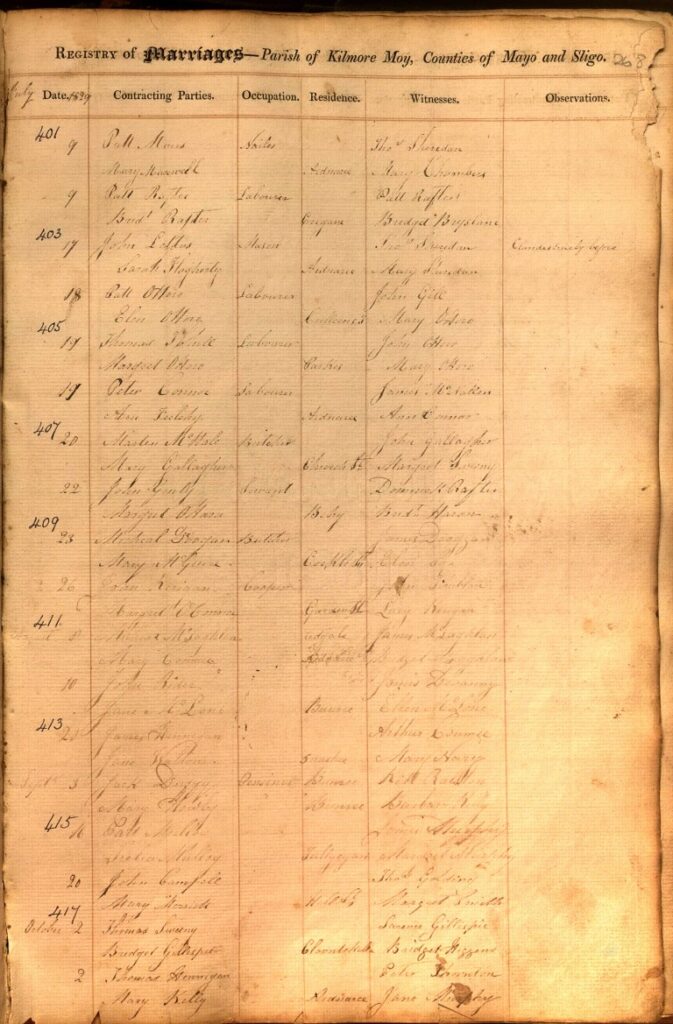 Margaret O’Hara John McGinty 1829
Margaret O’Hara John McGinty 1829
 Peter O’Hara Jane Thomson 1933
Peter O’Hara Jane Thomson 1933
 Patrick O’Hara Catherine Floyd 1914
Patrick O’Hara Catherine Floyd 1914
 James Wood Florence Springthorpe 1929
James Wood Florence Springthorpe 1929
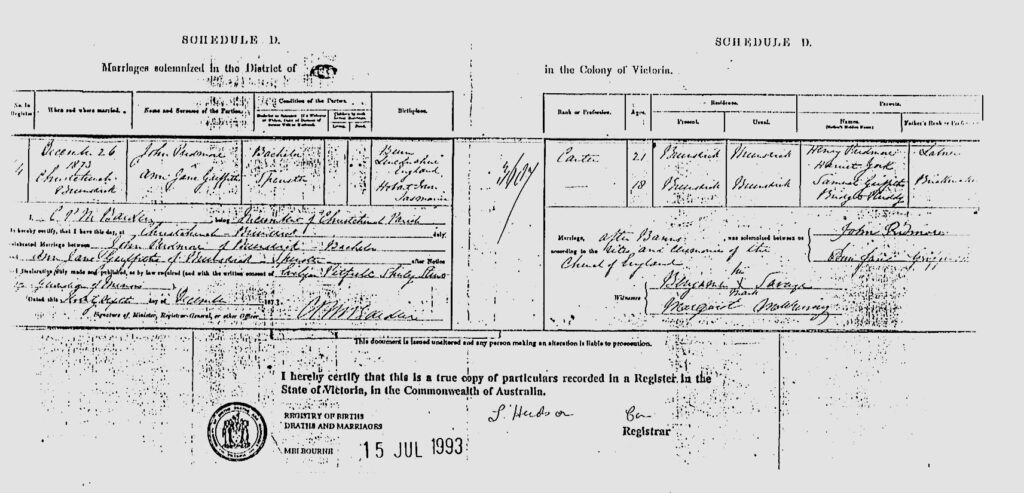 John Pridmore Annie Griffiths 1873
John Pridmore Annie Griffiths 1873
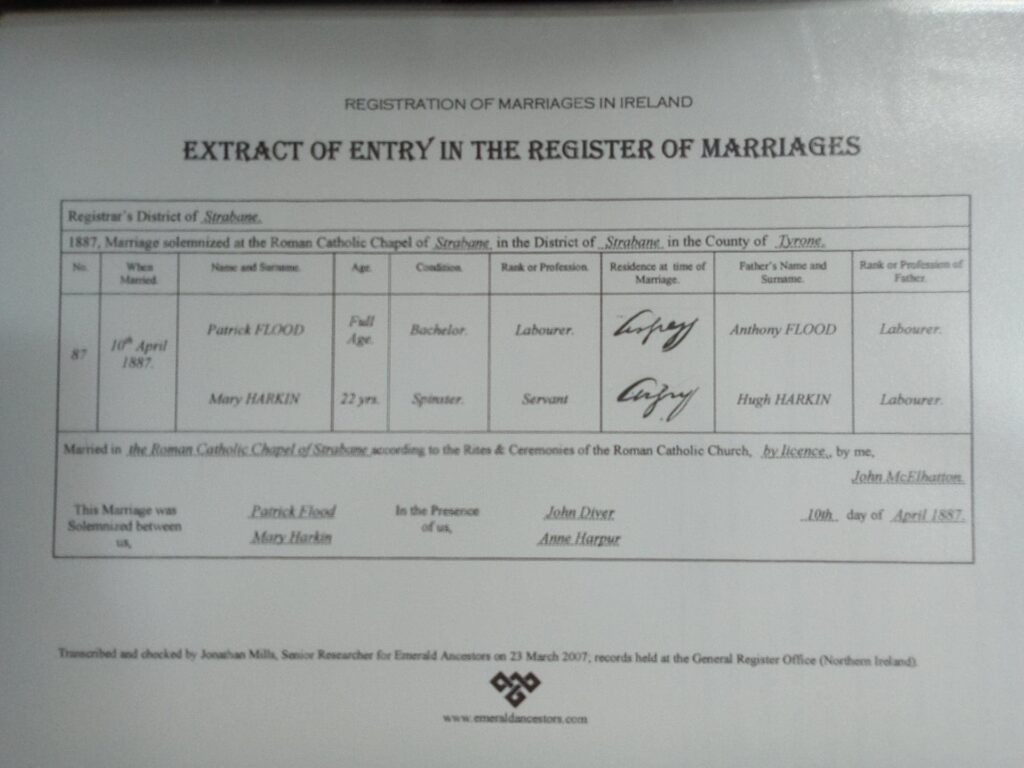 Patrick Flood (Floyd) Mary Harkin 1887
Patrick Flood (Floyd) Mary Harkin 1887
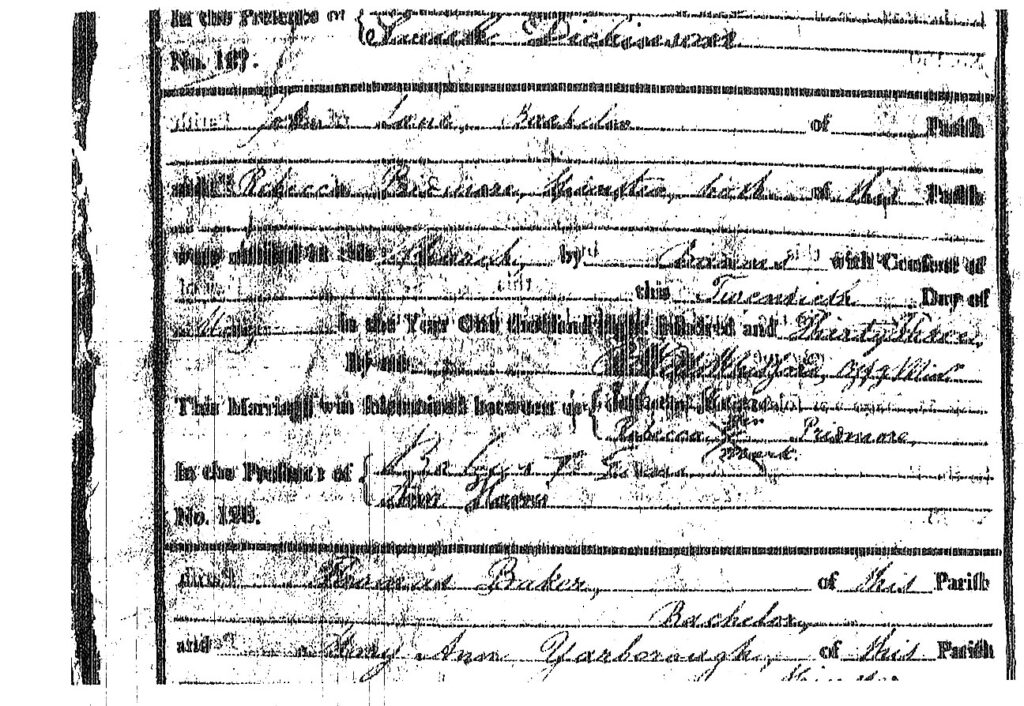 Rebecca Pridmore John Lane 1833
Rebecca Pridmore John Lane 1833
 Patrick Donlon Mary Shaughnessy 1902
Patrick Donlon Mary Shaughnessy 1902
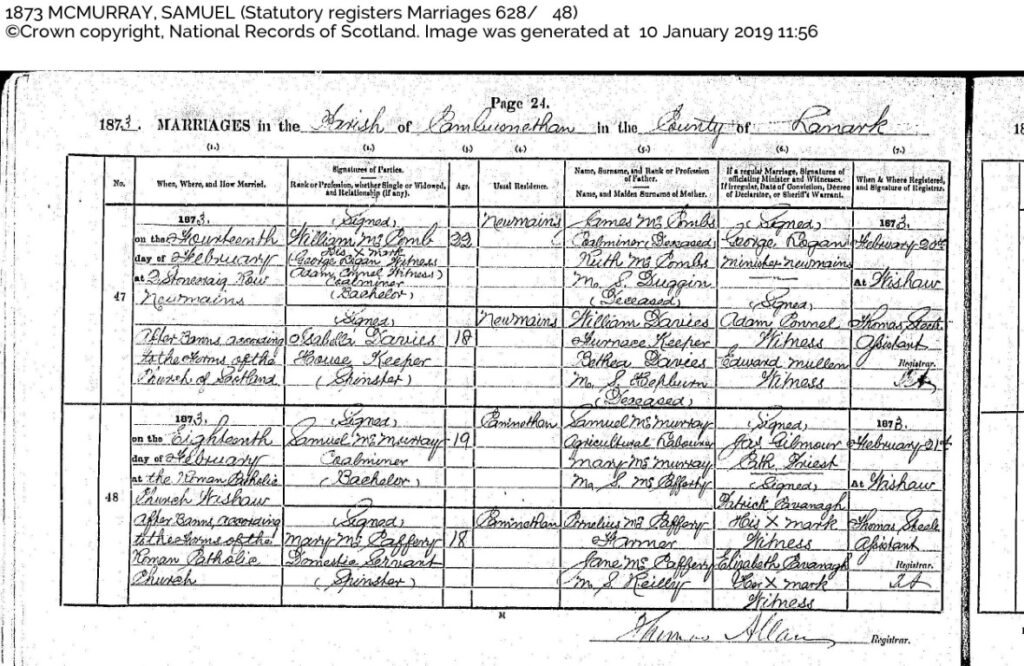 Samuel McMurray Mary McCafferty 1873 reg
Samuel McMurray Mary McCafferty 1873 reg
 Peter O’Hara Mary Kilmartin 1856
Peter O’Hara Mary Kilmartin 1856
 John Cunnington Mary Pridmore 1873
John Cunnington Mary Pridmore 1873
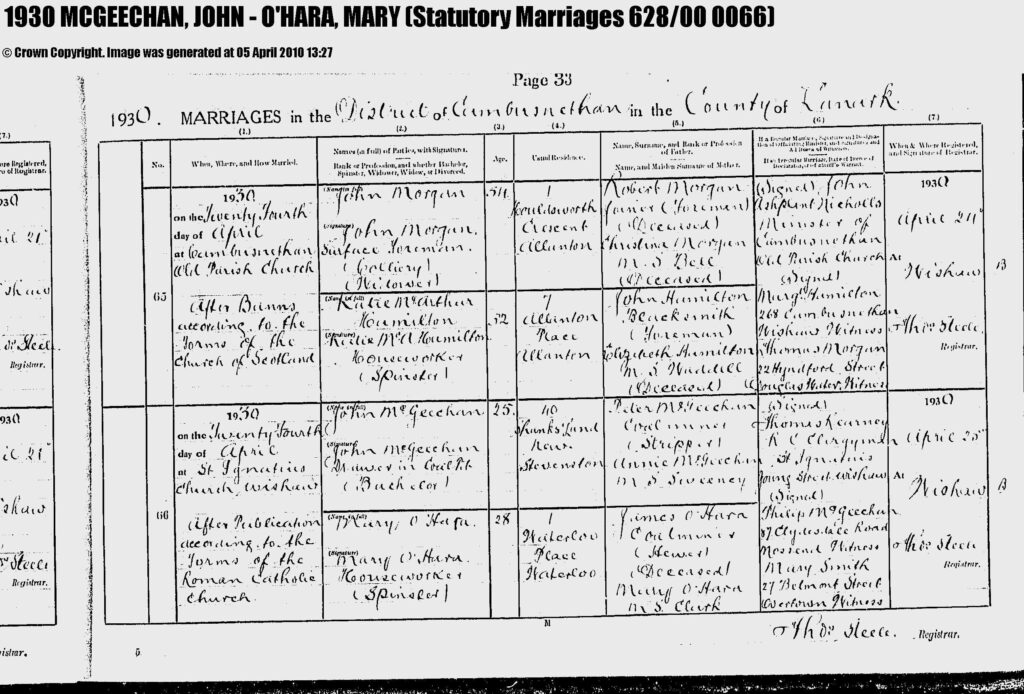 John McGeechan Mary O’Hara 1930
John McGeechan Mary O’Hara 1930
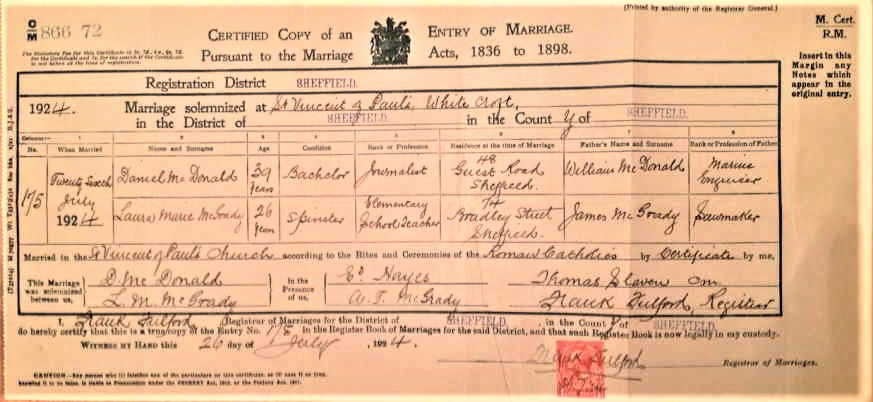 Laura McGrady Daniel McDonald 1924
Laura McGrady Daniel McDonald 1924
 James Pridmore Susannah Pridmore 1842
James Pridmore Susannah Pridmore 1842
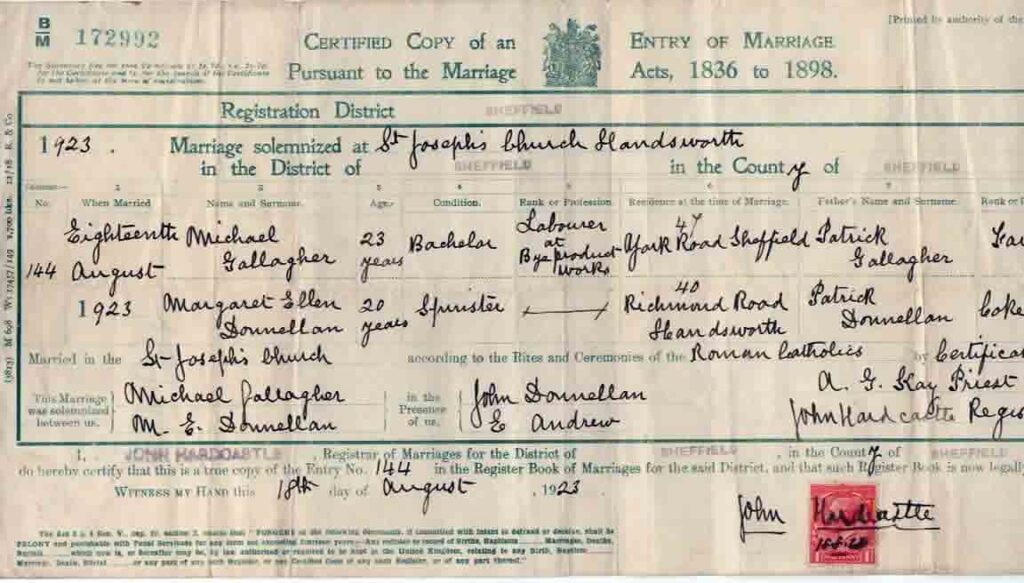 Michael Gallagher Margaret Donnellan 1923
Michael Gallagher Margaret Donnellan 1923
 Thomas Pridmore Charlotte Hartley 1873
Thomas Pridmore Charlotte Hartley 1873
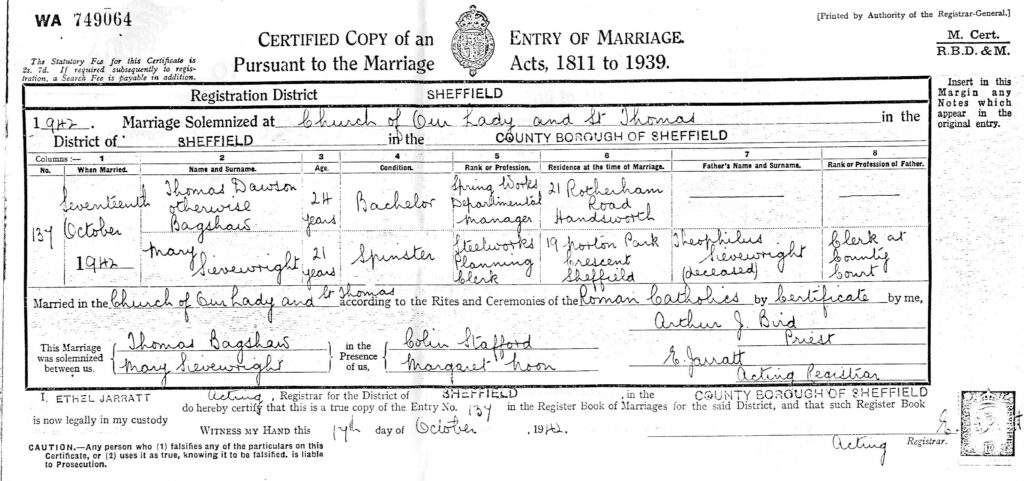 Thomas Bagshaw Mary Sievewright 1942
Thomas Bagshaw Mary Sievewright 1942
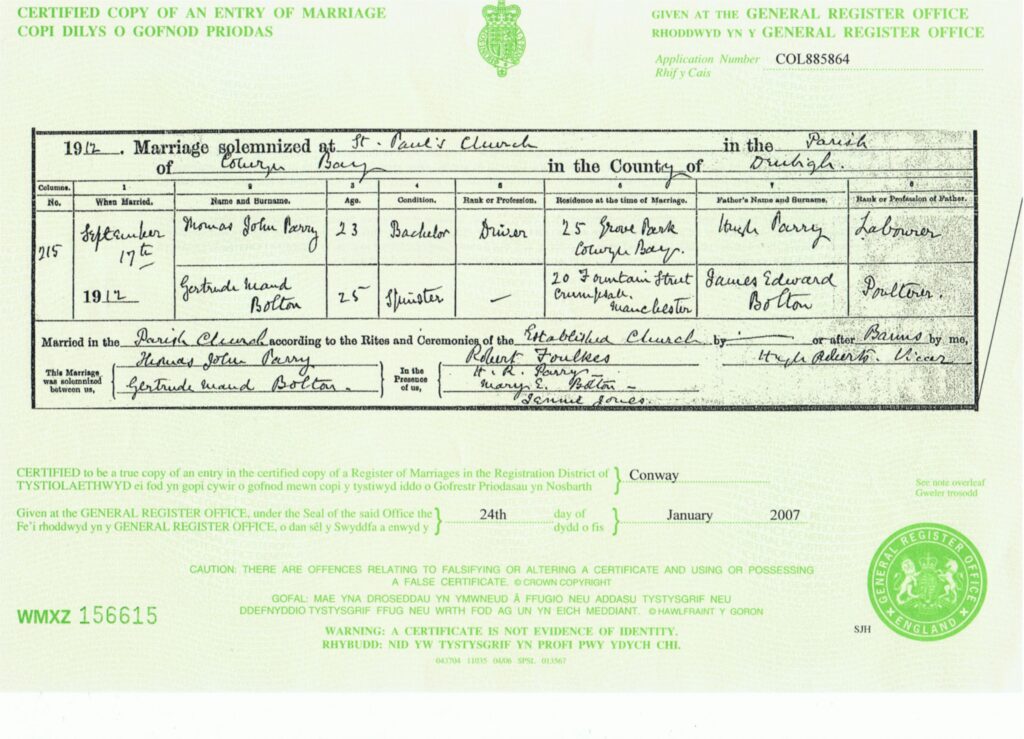 Thomas Parry Gertrude Bolton 1912
Thomas Parry Gertrude Bolton 1912
 Samuel McMurray Mary McCafferty 1873
Samuel McMurray Mary McCafferty 1873
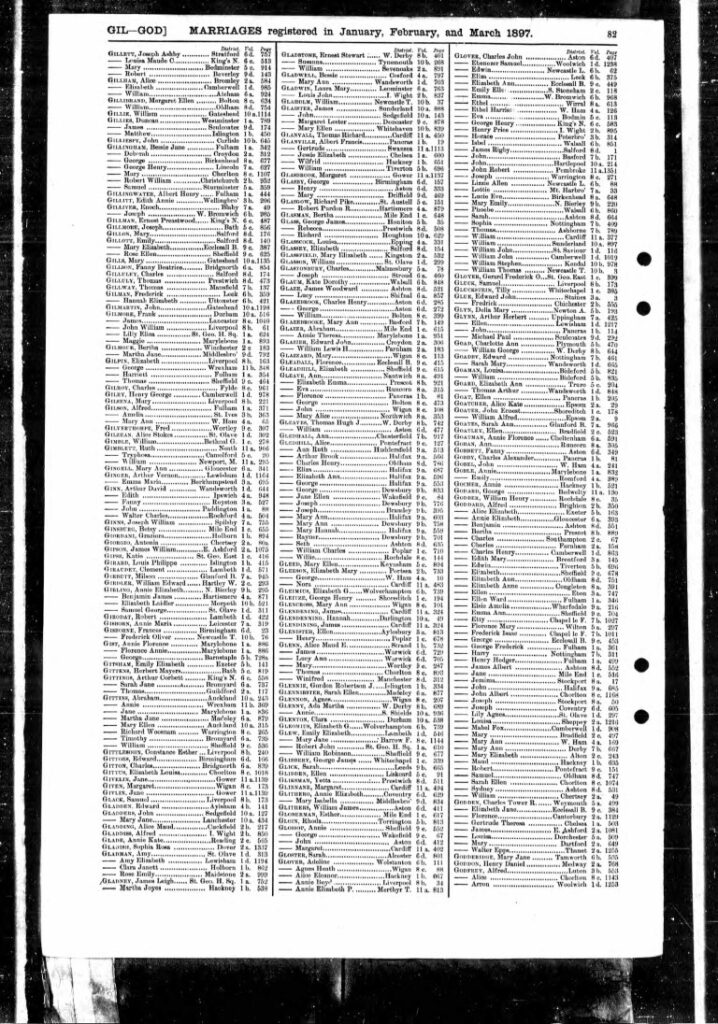 Thomas Gillway – Harriet Cooper 1897
Thomas Gillway – Harriet Cooper 1897
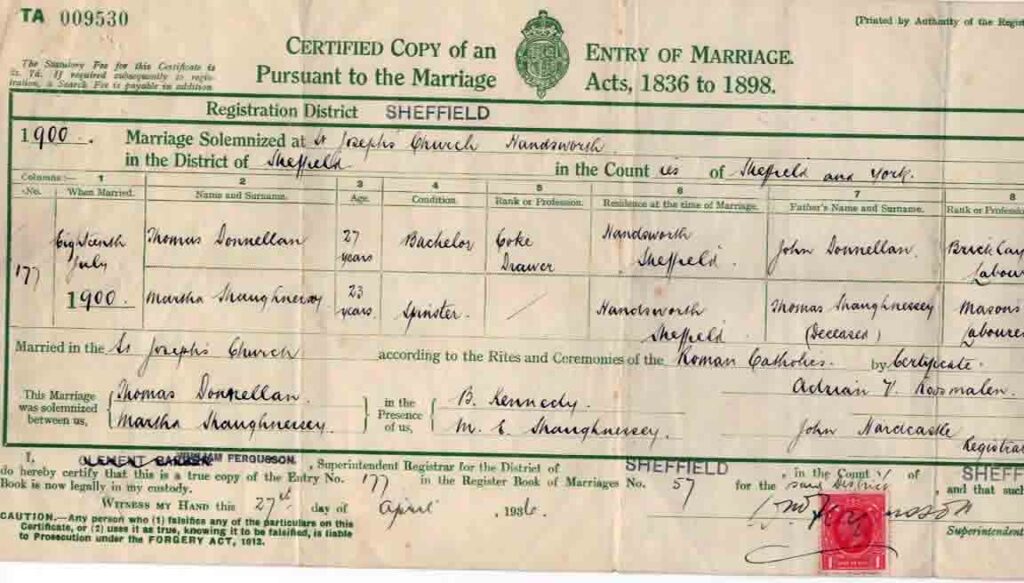 Thomas Donnellan Martha Shaughnessy 1900
Thomas Donnellan Martha Shaughnessy 1900
 Thomas Bolton Jane Pritchard 1860
Thomas Bolton Jane Pritchard 1860
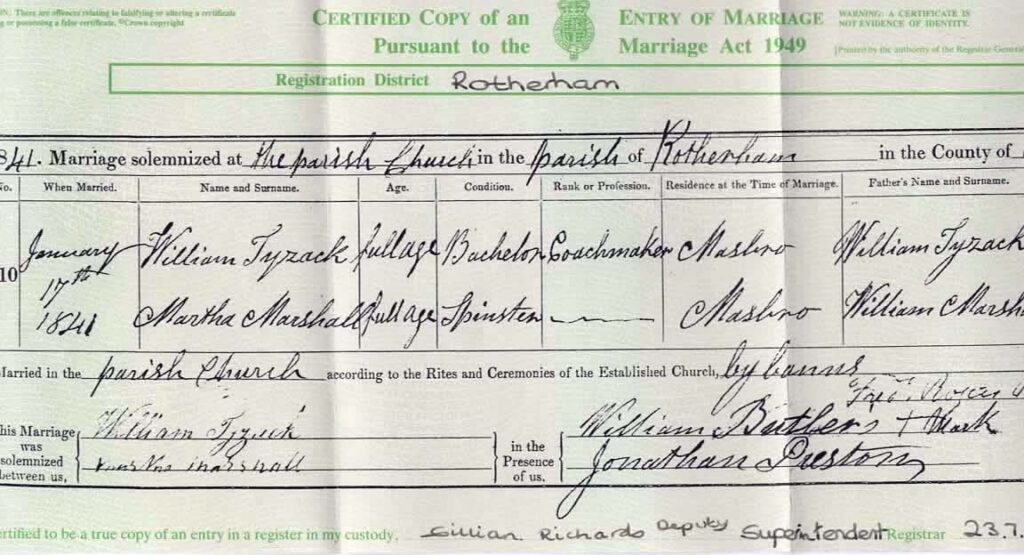 William Tyzack Martha Marshall 1841
William Tyzack Martha Marshall 1841
 Thomas Wighton O’Hara Harriet Hug
Thomas Wighton O’Hara Harriet Hug
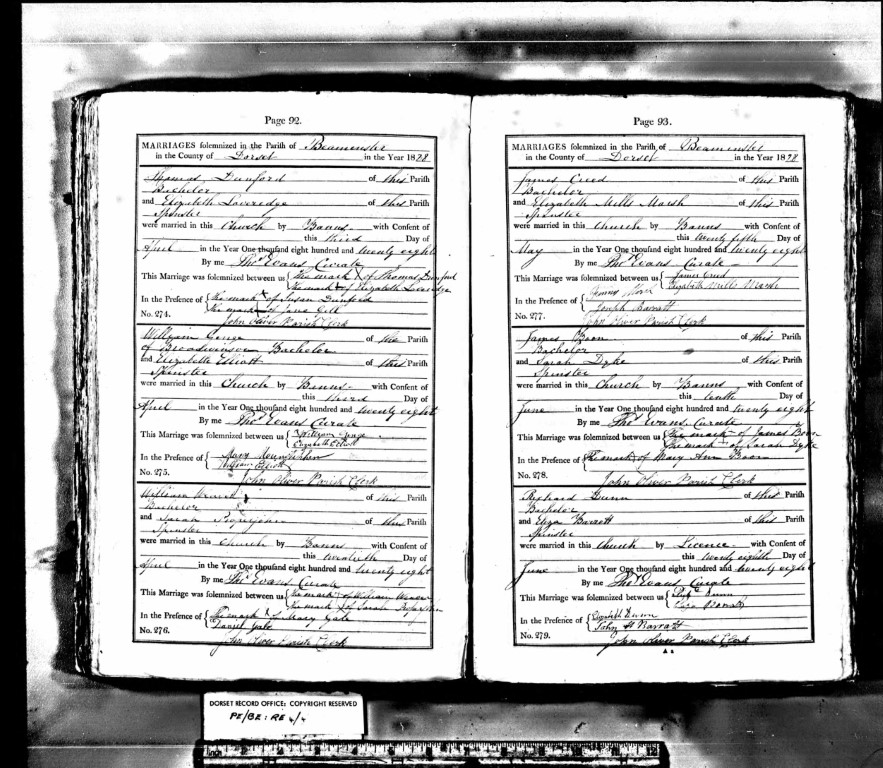 William Weaver Sarah Properjohn 1828
William Weaver Sarah Properjohn 1828
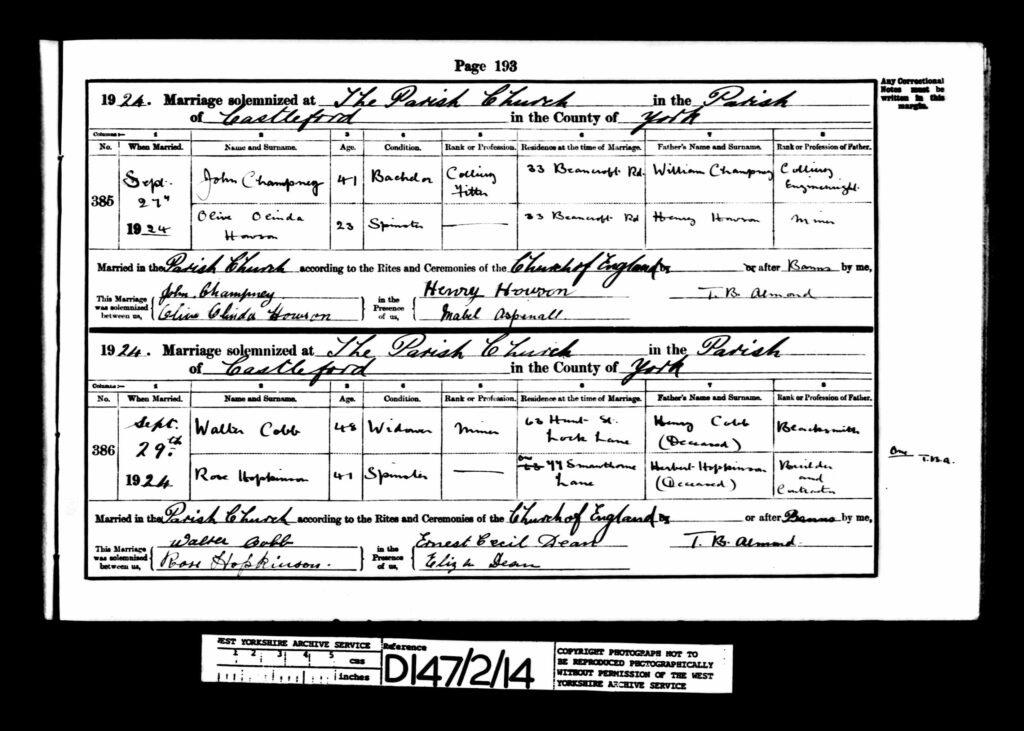 Walter Cobb Rose Hopkinson 1924
Walter Cobb Rose Hopkinson 1924
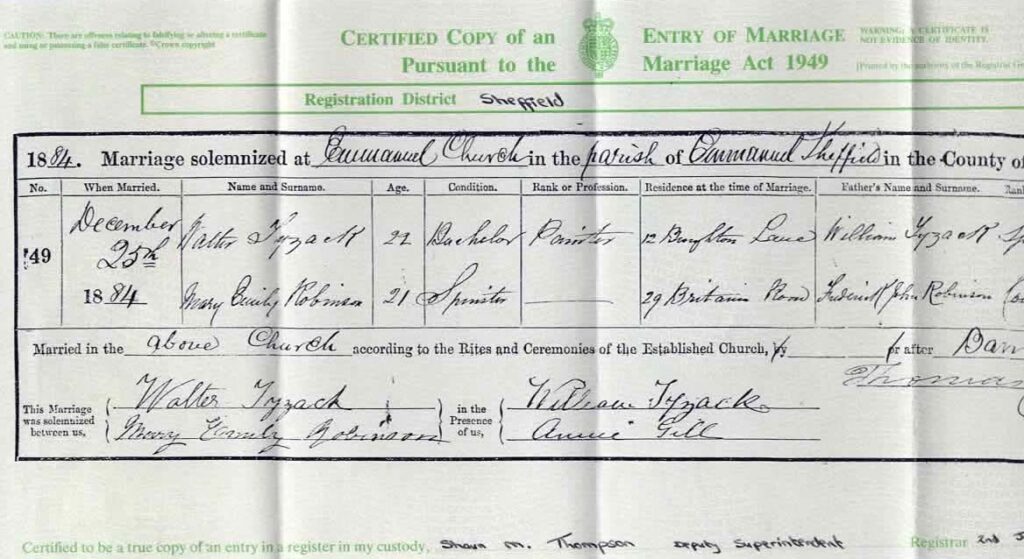 Walter Tyzack Mary Emily Robinson 1884
Walter Tyzack Mary Emily Robinson 1884
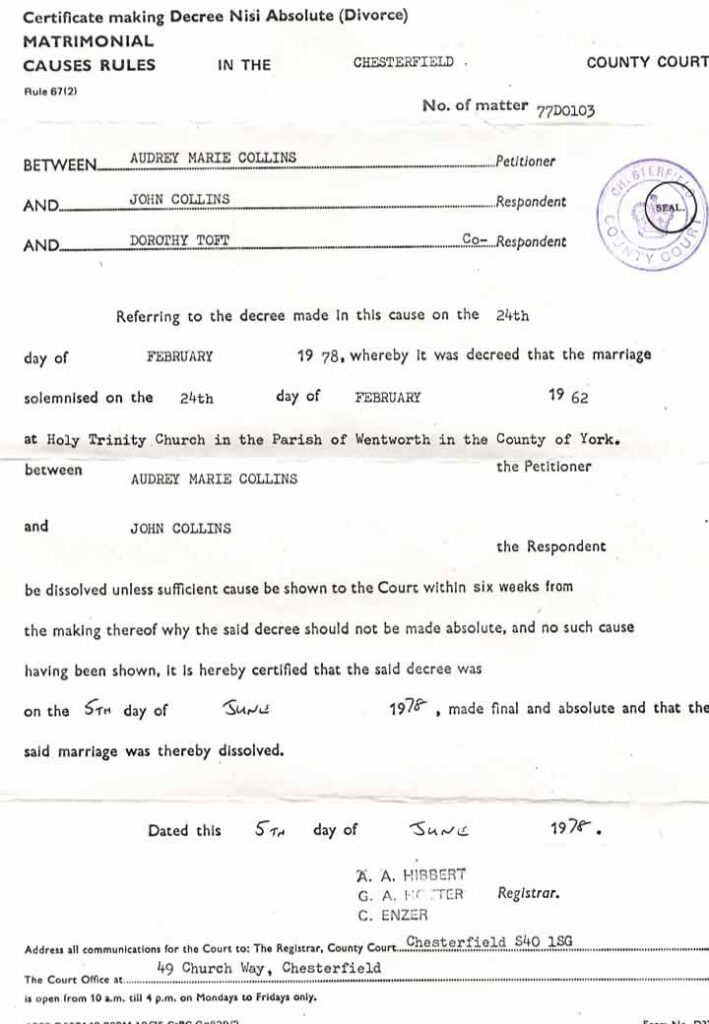 Audrey Beaumont divorce
Audrey Beaumont divorce
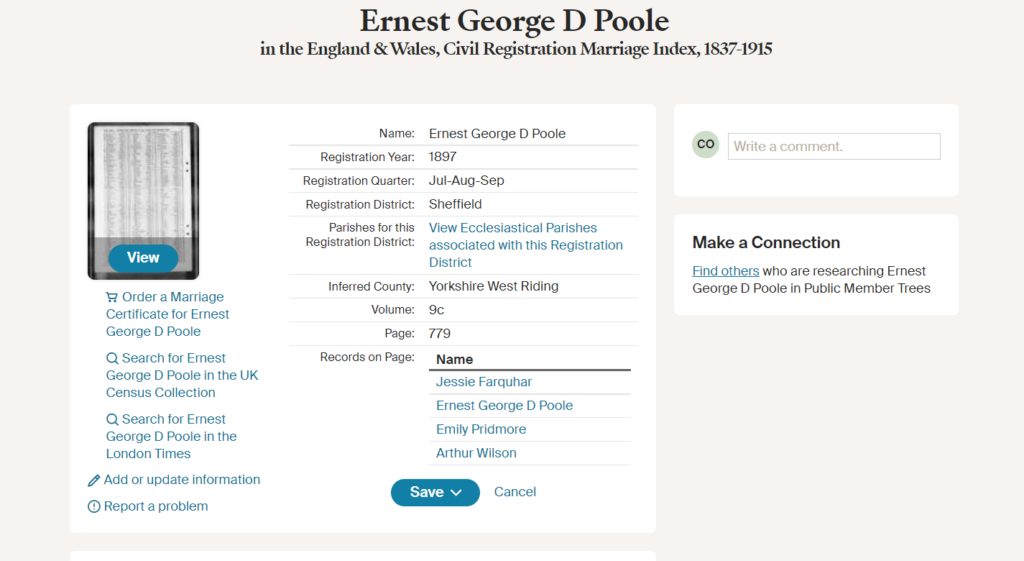 Ernest Poole Jessie Farquhar
Ernest Poole Jessie Farquhar
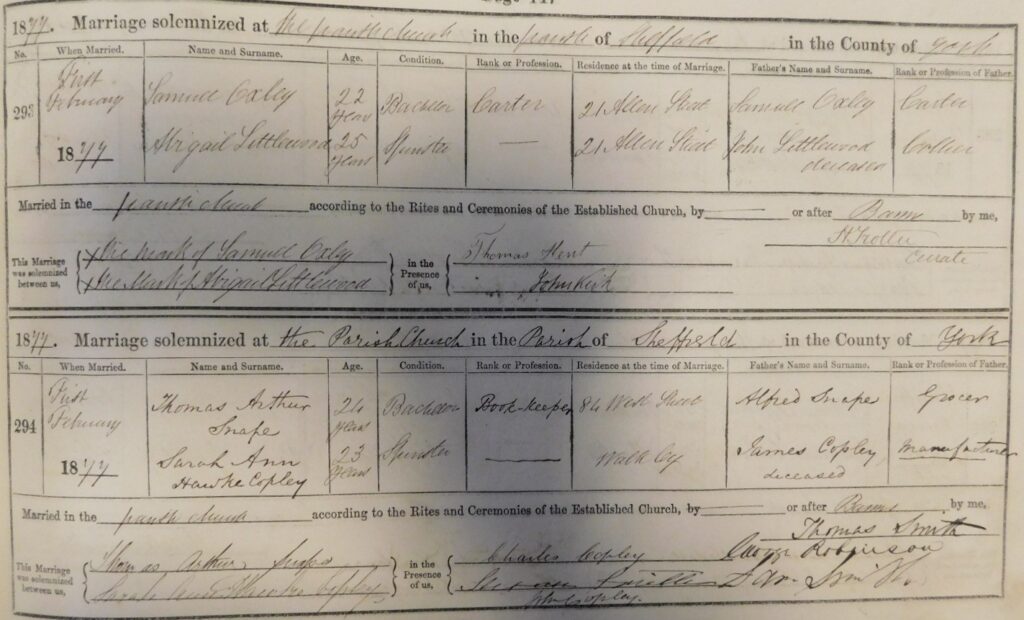 Thomas Arthur Snape Sarah Copley
Thomas Arthur Snape Sarah Copley
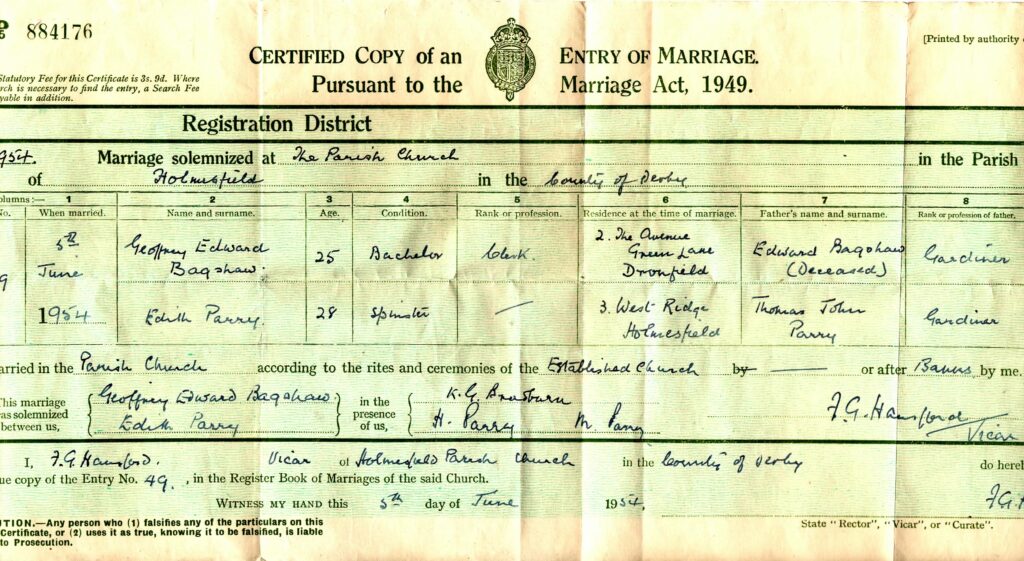 Geoffrey Bagshaw Edith Parry
Geoffrey Bagshaw Edith Parry
 Charles Walthall Annie Davies
Charles Walthall Annie Davies
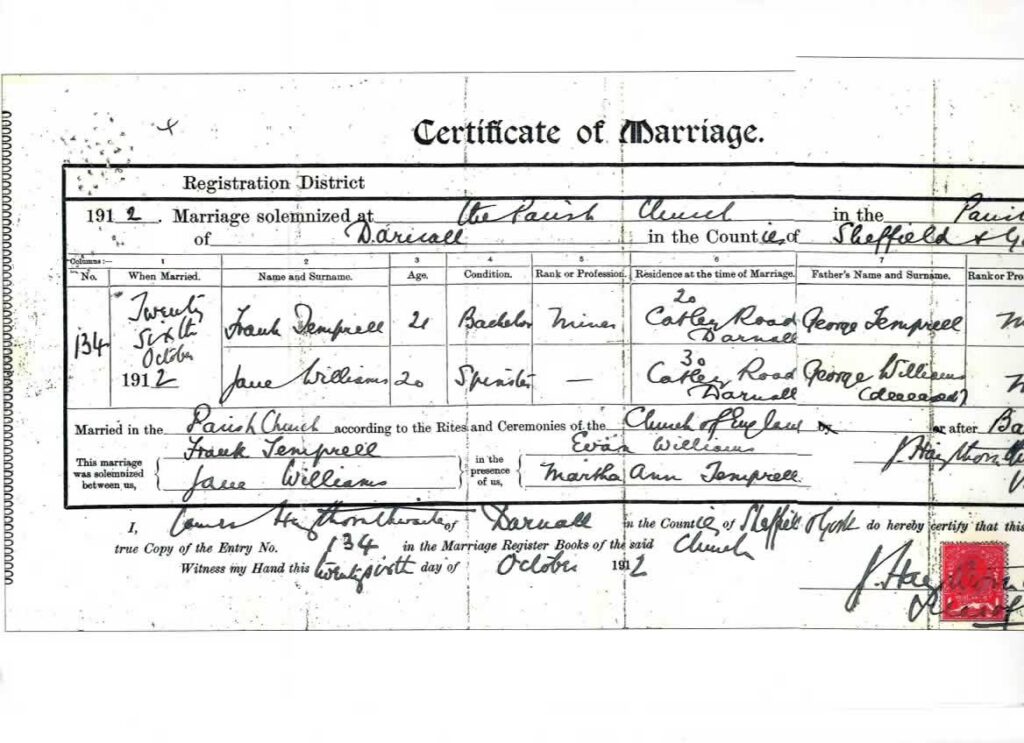 Frank Temprell Jane Williams Marriage
Frank Temprell Jane Williams Marriage
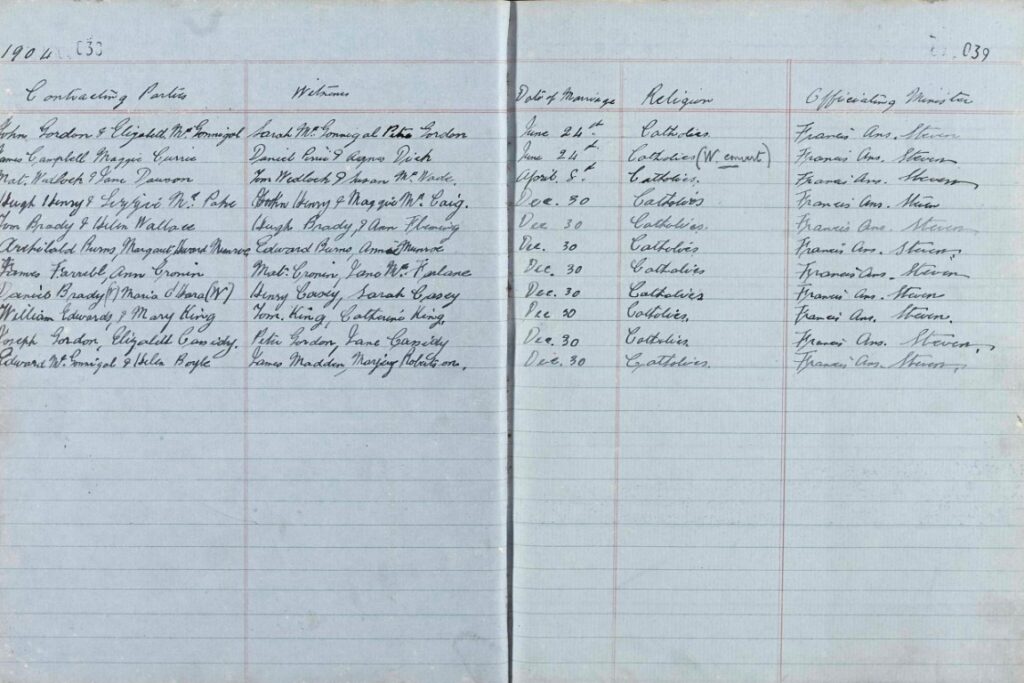 Maria O’Hara and Dan Brady
Maria O’Hara and Dan Brady
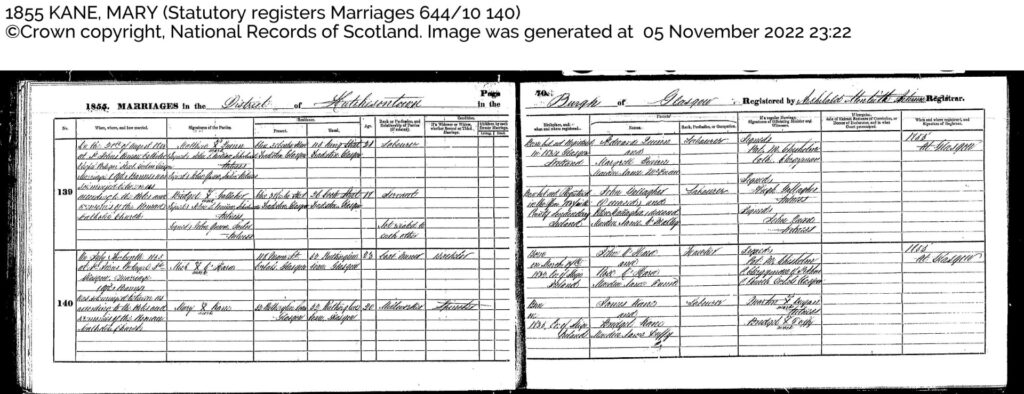 Michael O’Hara Mary Kane marriage
Michael O’Hara Mary Kane marriage
 William Cairns Marriage 1868
William Cairns Marriage 1868
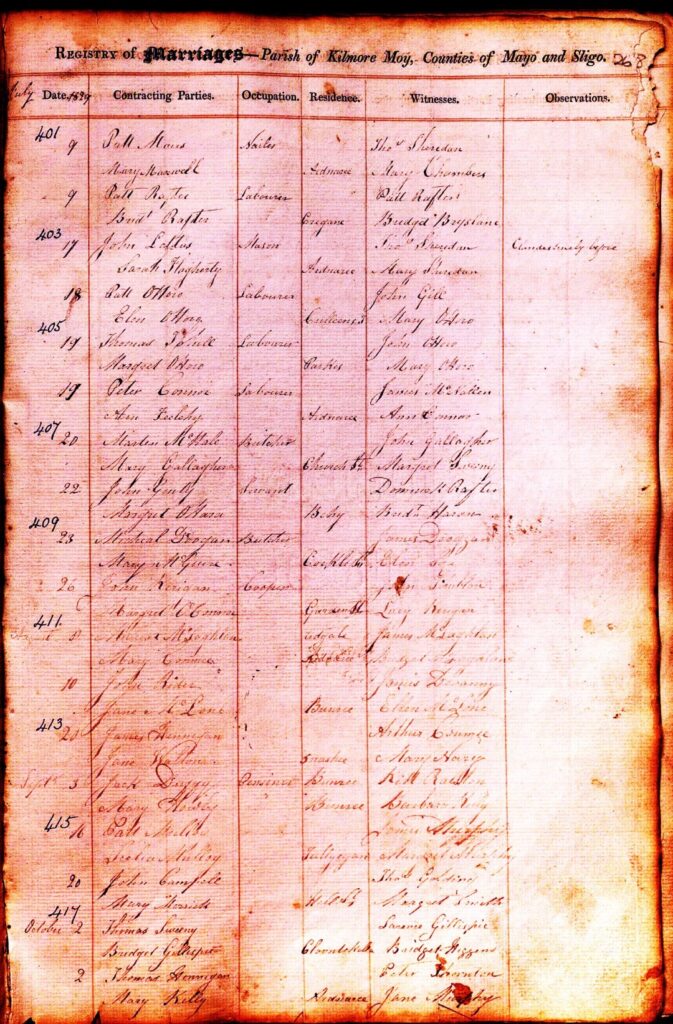 Margaret O’Hara John Ginty Marriage
Margaret O’Hara John Ginty Marriage
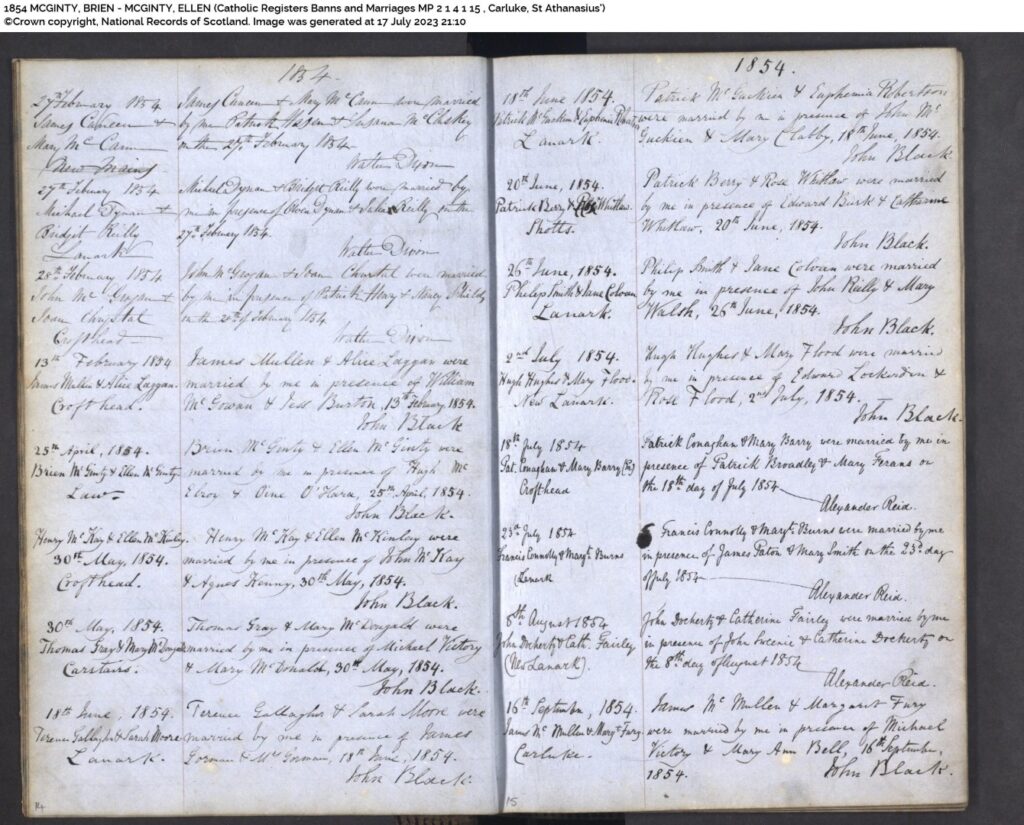 Bryan McGinty Ellen McGinty marriage 1854
Bryan McGinty Ellen McGinty marriage 1854
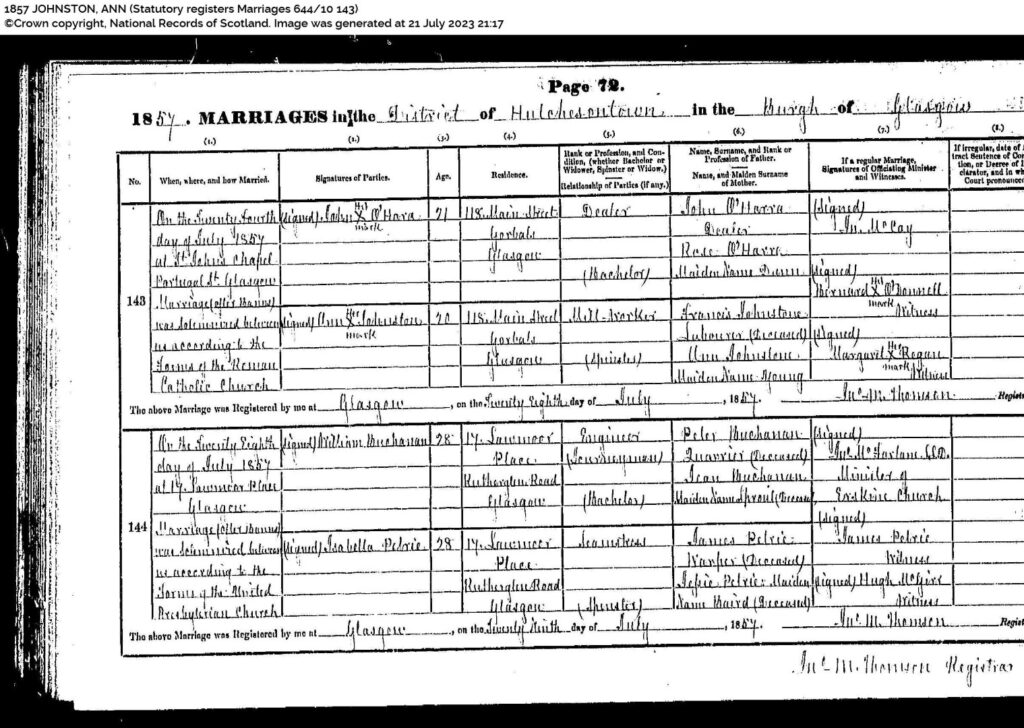 John O’Hara Ann Johnston Marriage 1857
John O’Hara Ann Johnston Marriage 1857
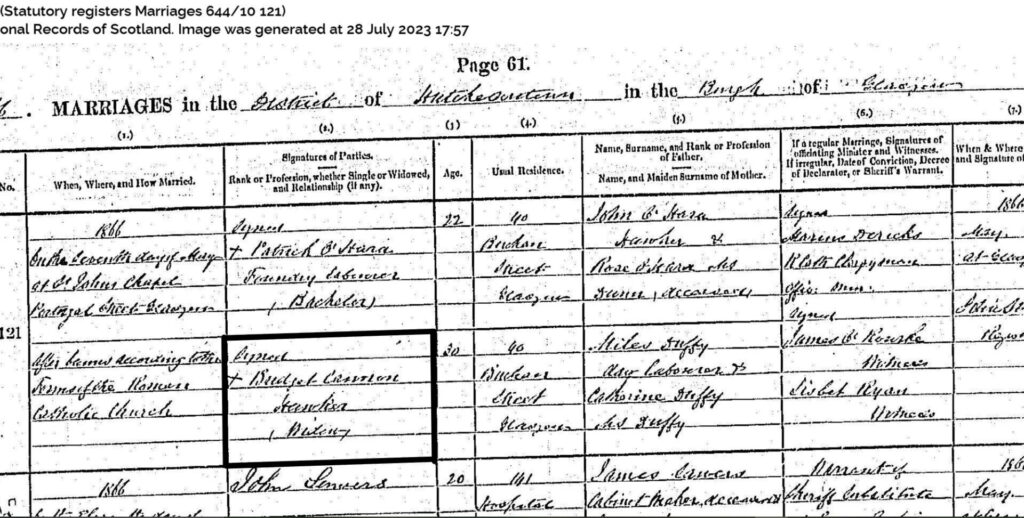 Patrick O’Hara – Bridget Duffy
Patrick O’Hara – Bridget Duffy
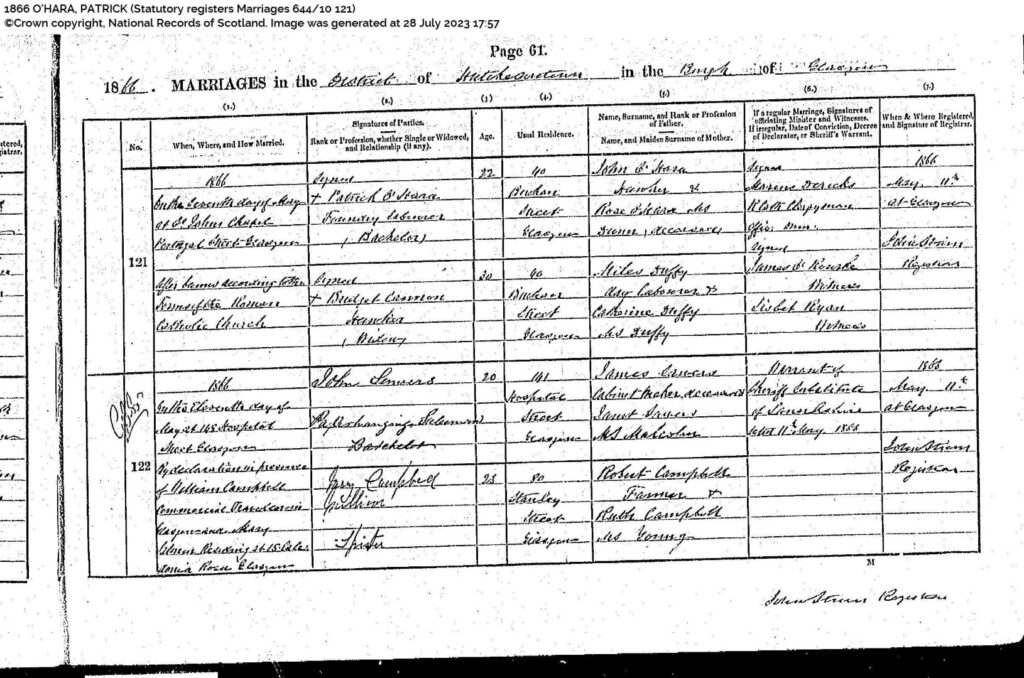 Patrick O’Hara Bridget Duffy register
Patrick O’Hara Bridget Duffy register
 Patrick O’Hara Esther Hannigan marriage 1899
Patrick O’Hara Esther Hannigan marriage 1899
 Patrick O’Hara Bridget Cannon church entry
Patrick O’Hara Bridget Cannon church entry
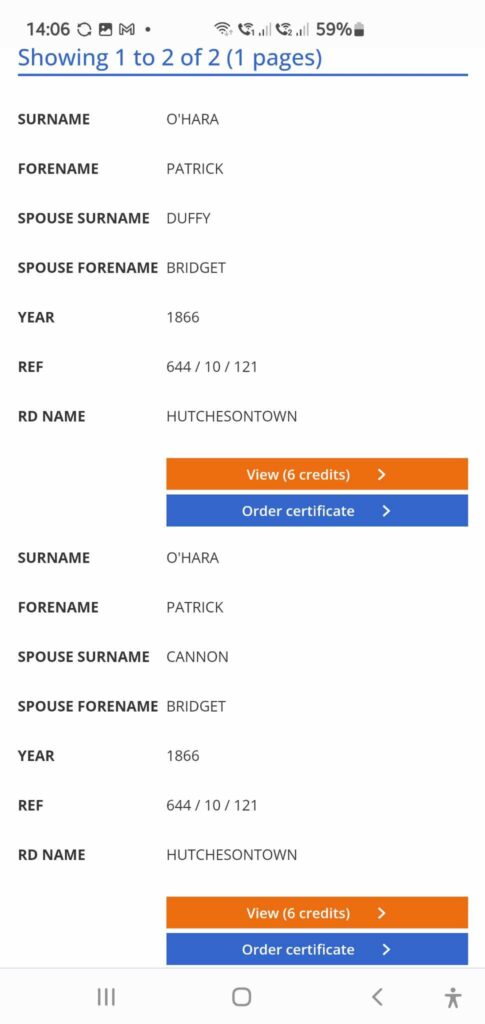 Patrick O’Hara Bridget DuffyCannon marriage
Patrick O’Hara Bridget DuffyCannon marriage
 James Sutton Ann Cheetham marriage
James Sutton Ann Cheetham marriage

Copyright
Copyright Chris and Jill O’Hara 2022